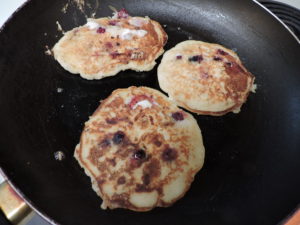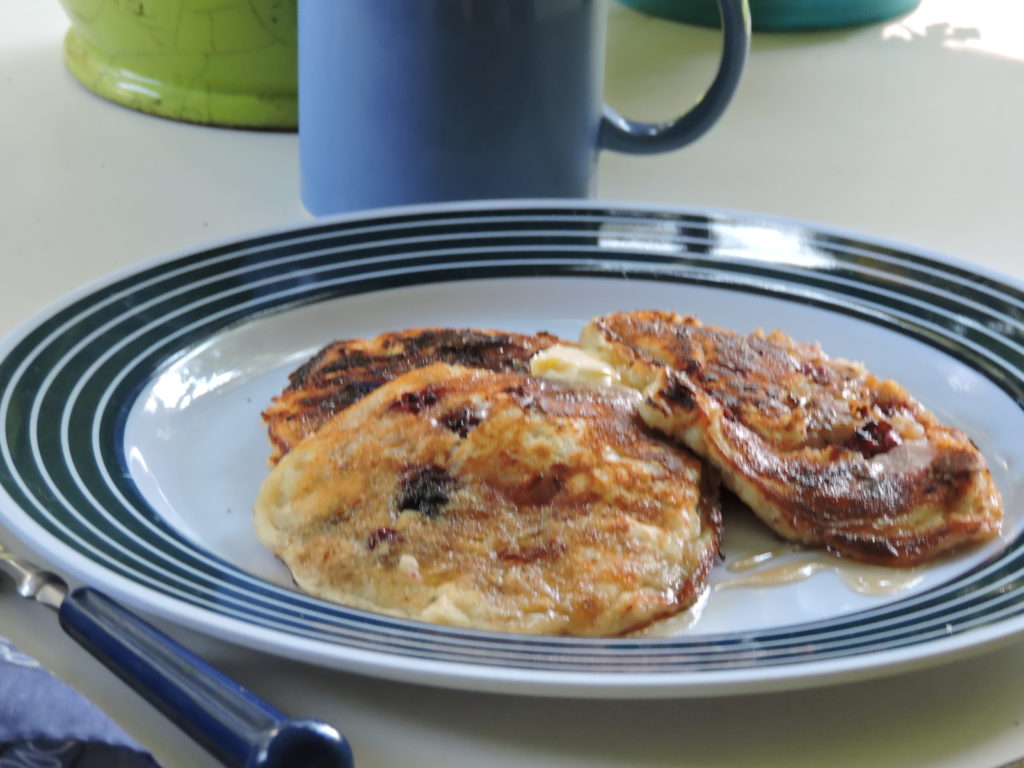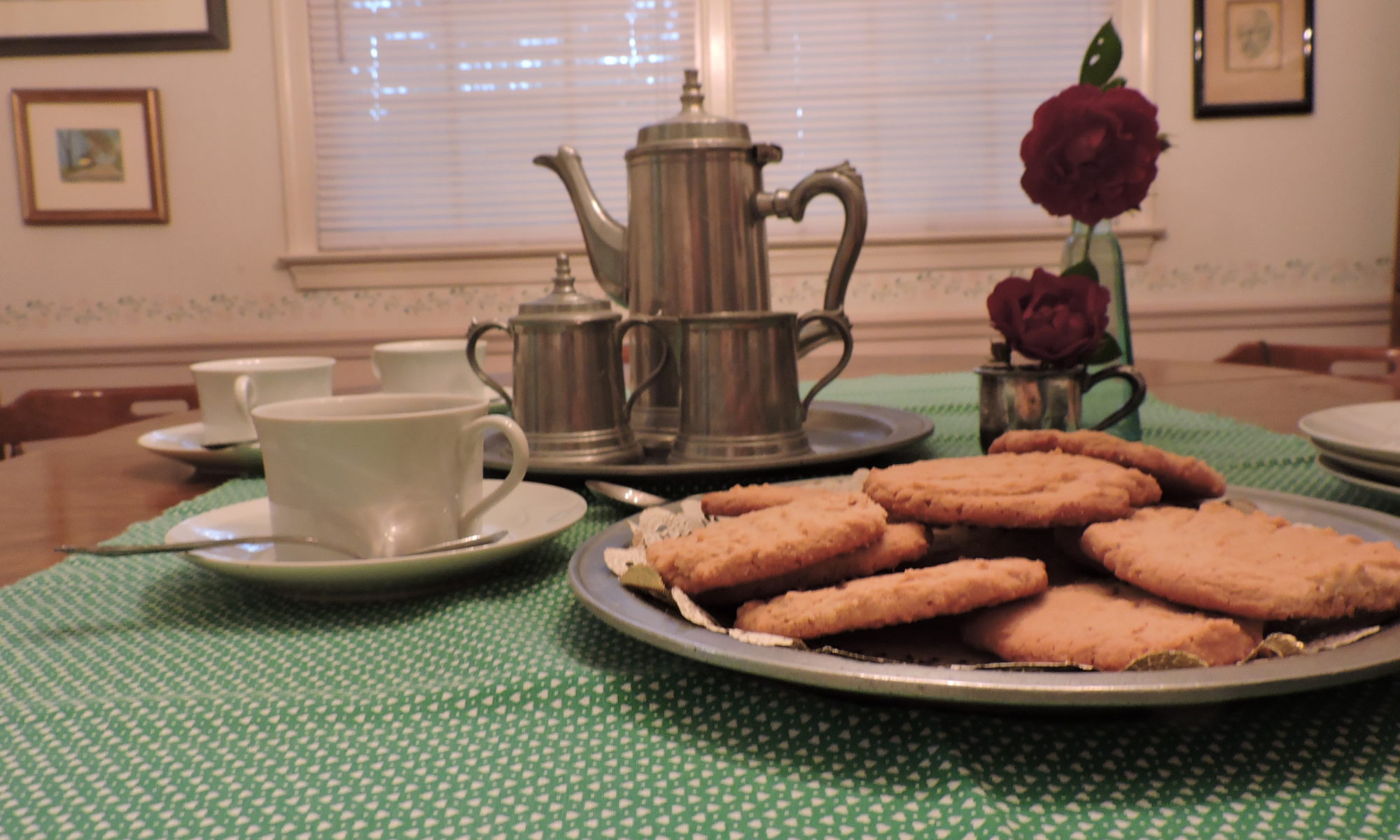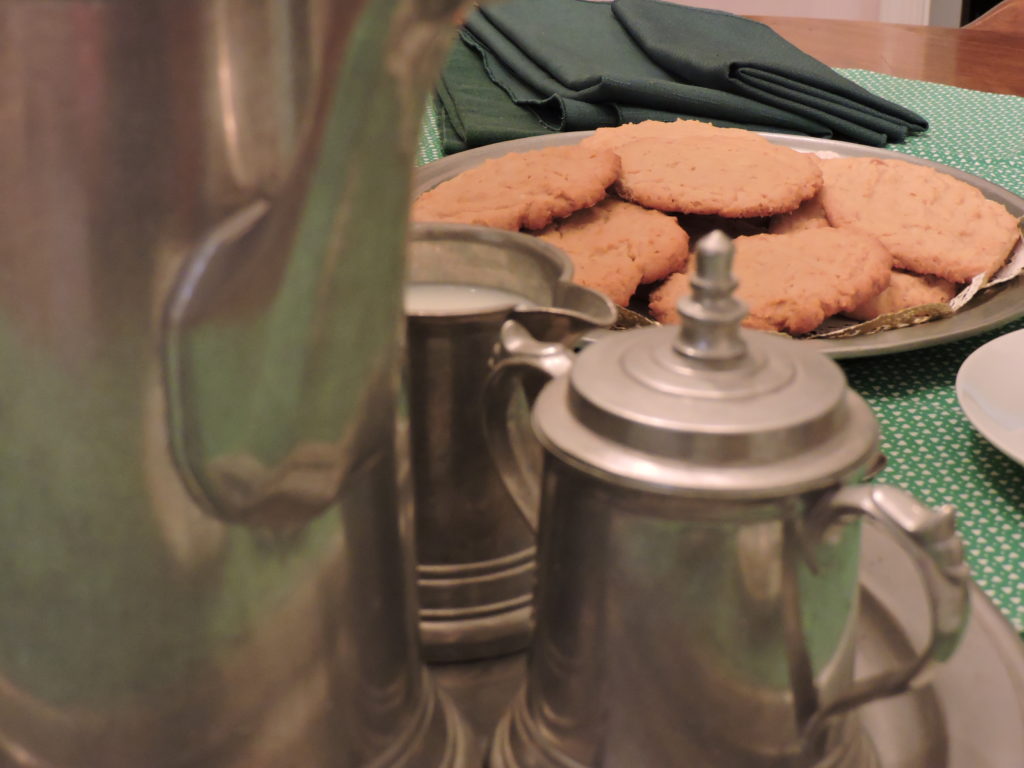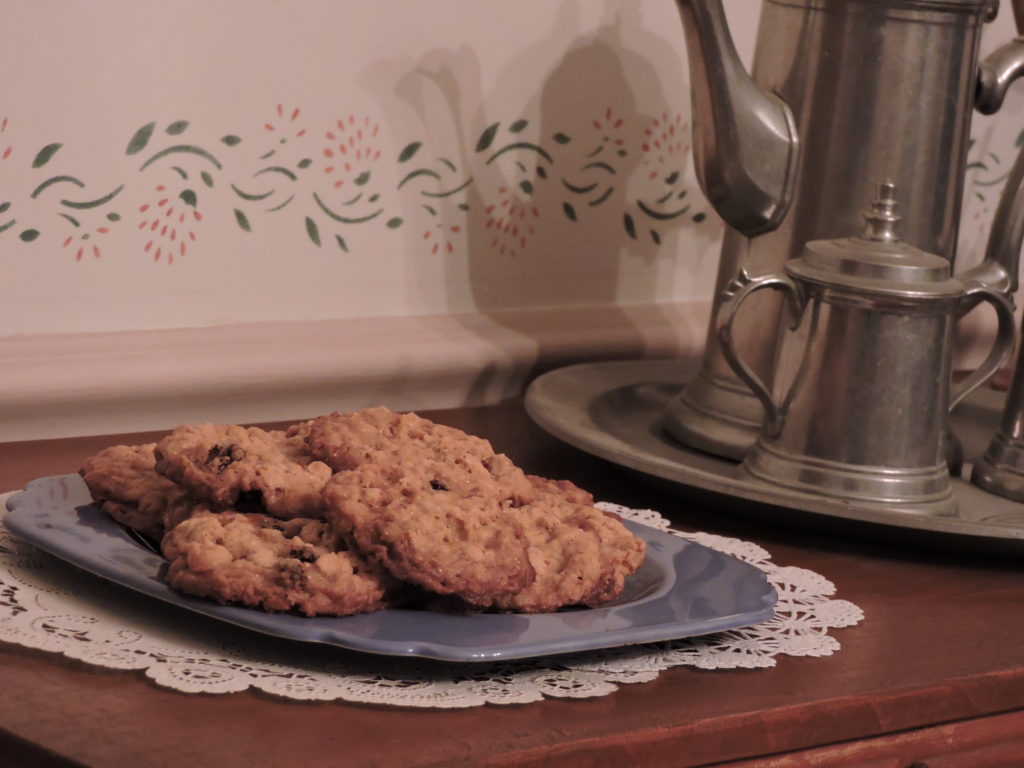One afternoon, over coffee, my friend Atalie Payne’s mother Brenda Justice mentioned an old southern recipe with the charming name “Hummingbird Cake”. 
She described the three-layer cake made on special occasions by her mother, the late Virginia Thomas, as sweet, dense and delicious. Daughter Atalie remembered tasting her grandmother’s Hummingbird Cake while visiting the family home in Cumberland, Maryland as a kid and finding it scrumptious.

Brenda graciously offered to share the recipe her mother jotted down so many years ago on the 3 x 5 cards seen below. You’ll note that they are well-worn.
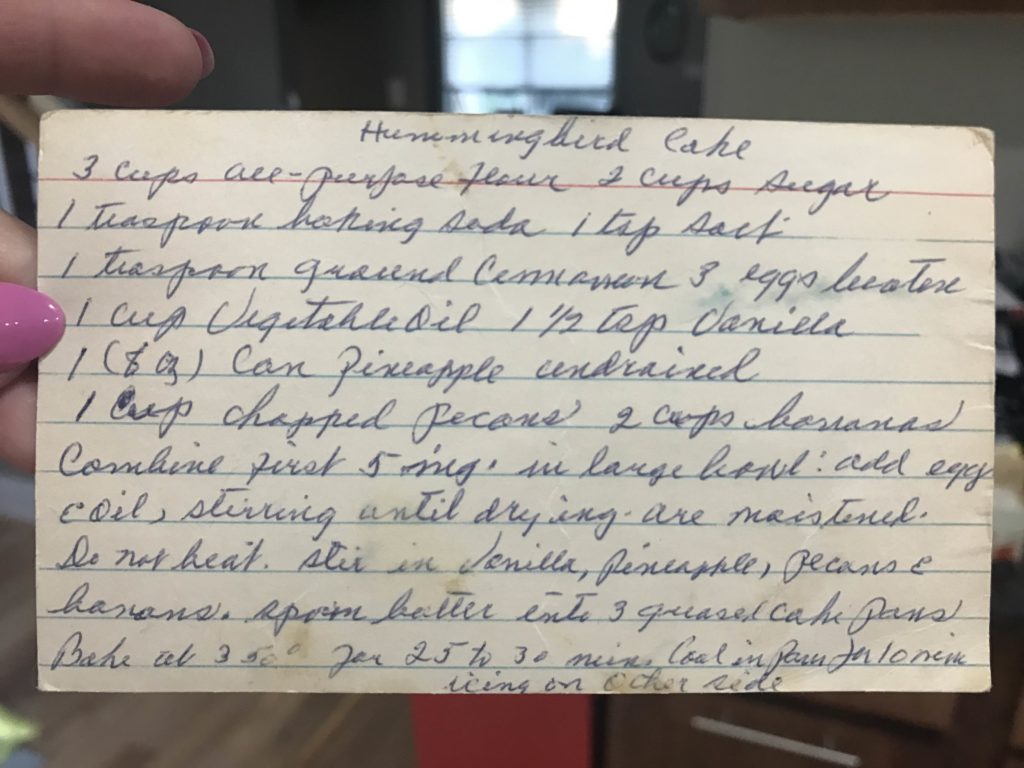
Like hummingbird nectar, Hummingbird Cake is sweet, as can be seen from the list of ingredients. So it’s offset with a cream cheese frosting made from four simple ingredients.
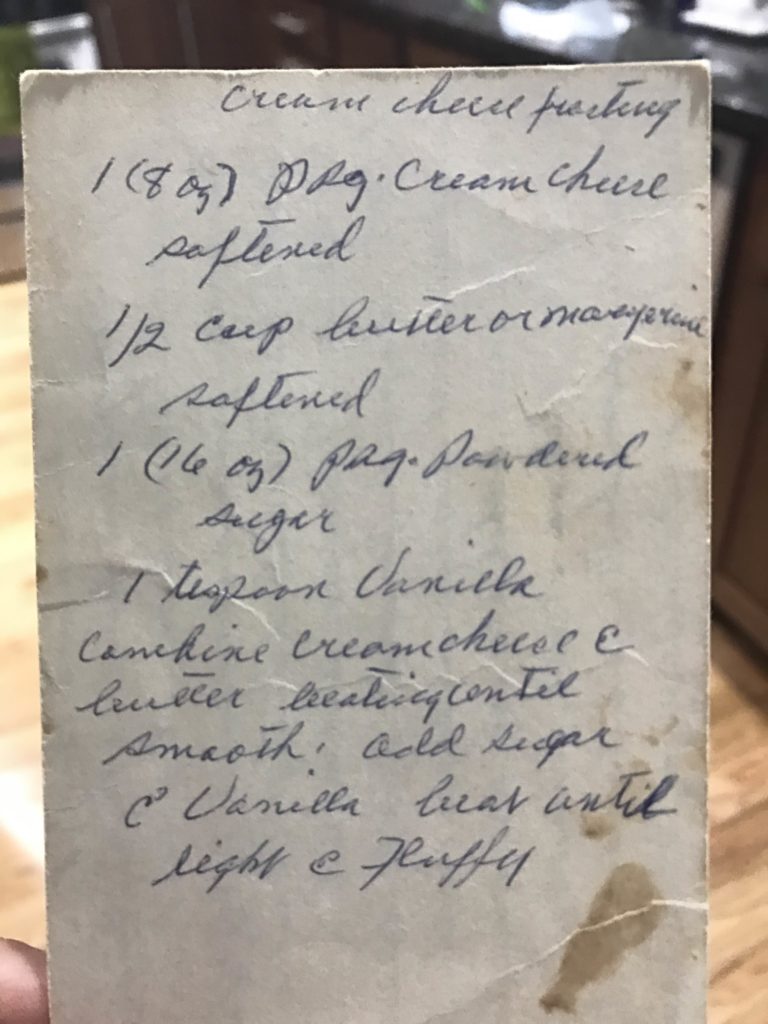
A native of Mathias, West Virginia before moving to Maryland, Virignia loved southern recipes like this one. Brenda and her daughter are equally fond of it. And now, her granddaughter Elise has tasted Hummingbird Cake for the first time….and loved it! So, chances are, the recipe will live on through four generations.
The Justice and Payne families now share it with us. We’ll take you through it step by step.
Hummingbird Cake 
I’m a fly-by-the-seat-of-your-pants type of cook and figure the fewer ingredients, the better. So I was seriously intimated by this recipe… with three layers and a dozen plus ingredients. But I laid out the ingredients ahead of time and plunged ahead. 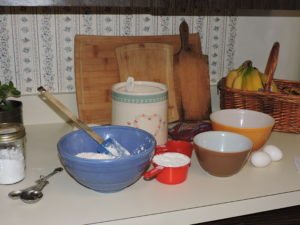
I first measured 3 cups of flour and 2 cups of sugar into a large mixing bowl. Then I added 1 teaspoon of baking soda, 1 teaspoon of salt and 1 teaspoon of ground cinnamon to the dry ingredients.
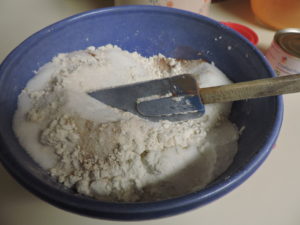
I turned the dry ingredients over from the bottom until well blended.
Then it was time to prepare and add the wet ingredients. 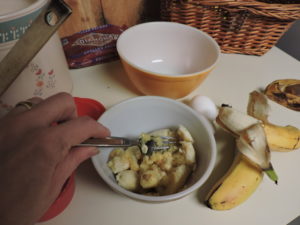
The recipe requires 2 cups of mashed bananas. I discovered I needed four bananas to equal 2 cups. Next, I beat 3 eggs together and measured out 1 cup of oil and set them aside. (I used canola oil but other vegetable oils work fine.)
I continued preparations by opening and setting aside an 8 ounce can of pineapple and finely chopping the required cup of pecans.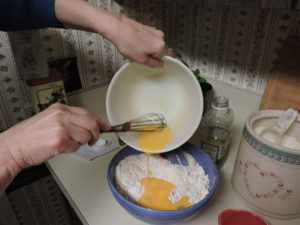
Next I added the beaten eggs to the dry ingredients, followed by the cup of oil.
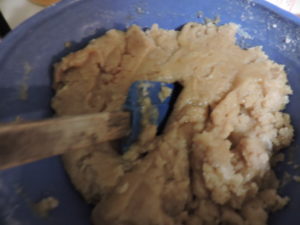
The instructions said “DO NOT BEAT” so I stirred the liquids into the dry ingredients… a task that took a bit of muscle.
The resulting batter was stiff.
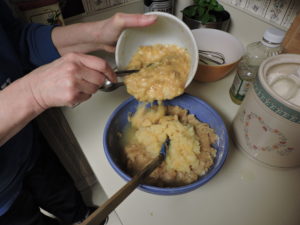
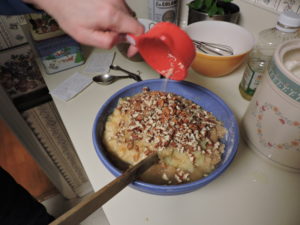
Luckily, it thinned out considerably when I added the pineapple, followed by the bananas and vanilla, and gave the mixture a good stir.
By the time I folded in the pecans, the batter had become dense but smooth and workable.
I was now ready to pour the mixture into three 8 inch layer cake pans I’d lined with rounds of brown paper cut to fit. (The recipe calls for greasing and flouring the pans which would probably work just as well. )
The filled pans were ready to go into a 350 degree oven for 25 to 30 minutes.
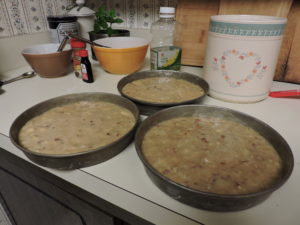
With so many good ingredients, the layers were already looking yummy.
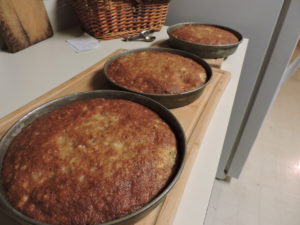
They did not disappoint. They were golden brown and fragrant when I tipped them out to cool on racks for ten minutes.
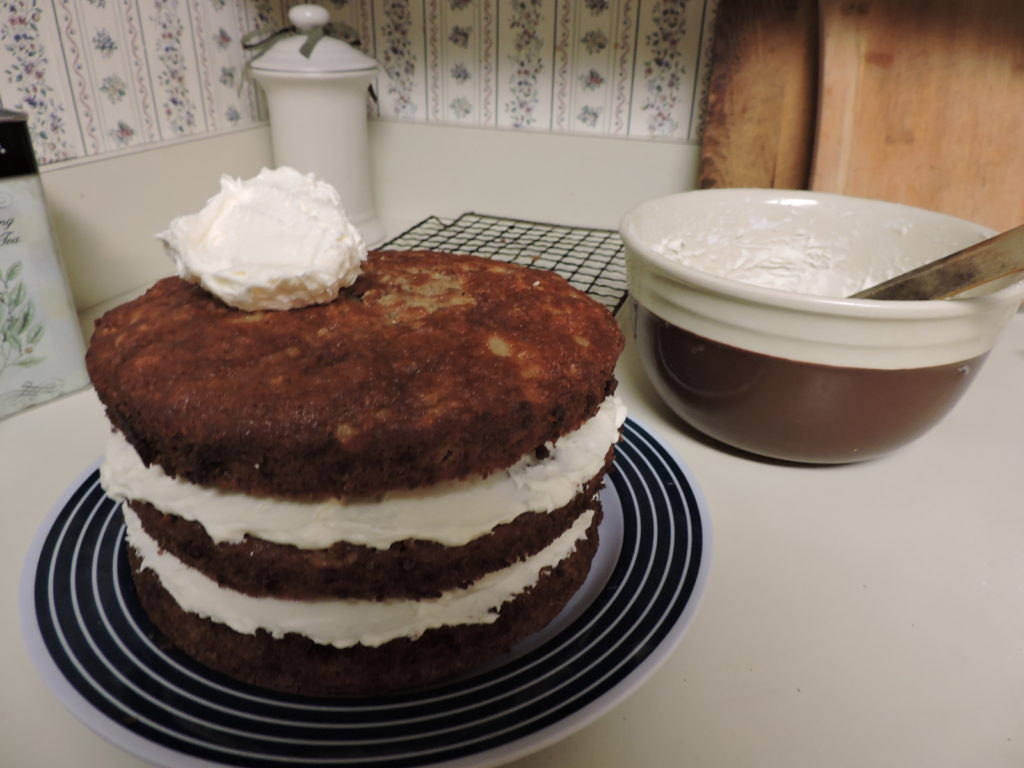 Then it was time to assemble and frost the layers. For the icing, I creamed together 1/2 cup of butter and 8 ounces of cream cheese, added one 16-ounce package of powdered sugar and 1 teaspoon of vanilla and beat till light and fluffy. I iced the first layer, set the second atop it, applied more icing and topped it with the final layer.
Then it was time to assemble and frost the layers. For the icing, I creamed together 1/2 cup of butter and 8 ounces of cream cheese, added one 16-ounce package of powdered sugar and 1 teaspoon of vanilla and beat till light and fluffy. I iced the first layer, set the second atop it, applied more icing and topped it with the final layer.
I finished the frosting with a swirl and carried the cake to my dining table… 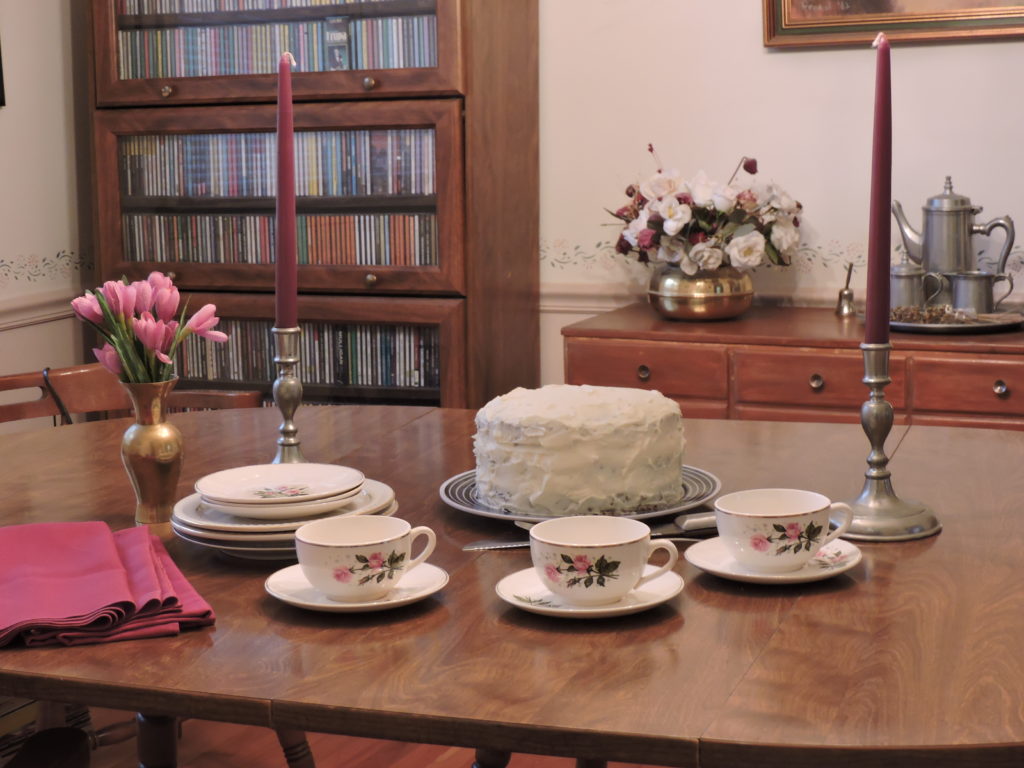
where it took pride of place as a special dessert to be served with coffee.
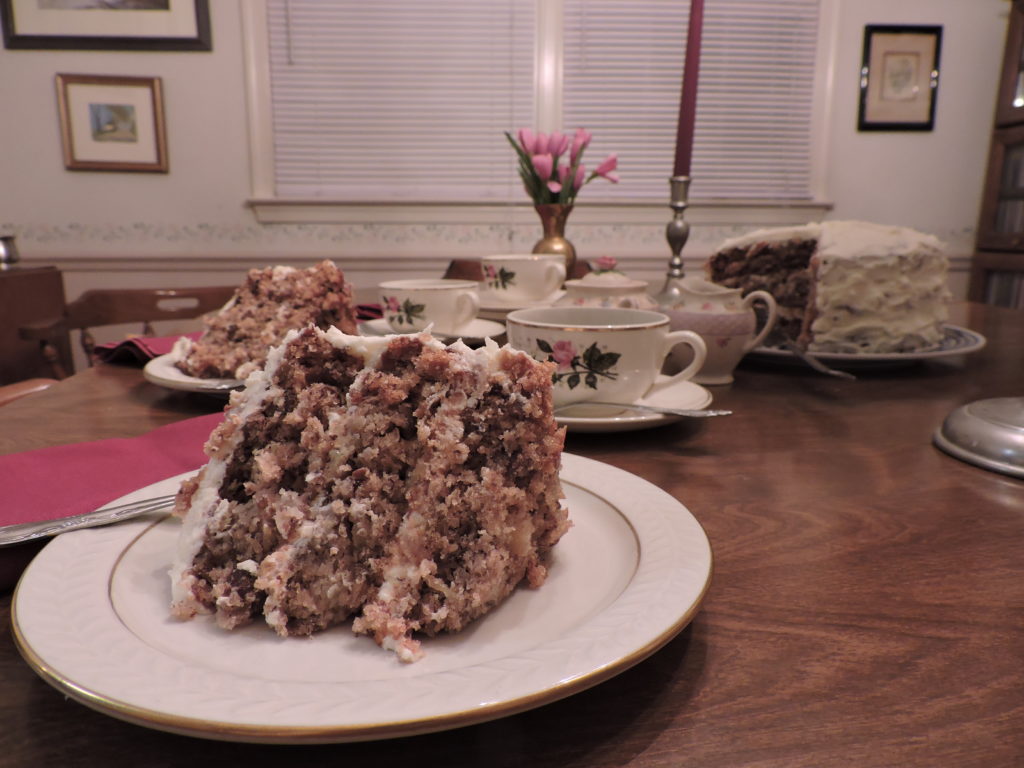
I generally depend on an easy-to-make standby recipe I call “My Mother’s Cake” (see the final blog entry under the dessert category) so I was apprehensive that I wouldn’t get this cake right. However, I received the seal of approval from both Brenda and Atalie who said my version tasted just like the Hummingbird Cake made by Virginia Thomas.
Though time-consuming, Hummingbird Cake was worth the effort. I hope you all enjoy it as much as I have.

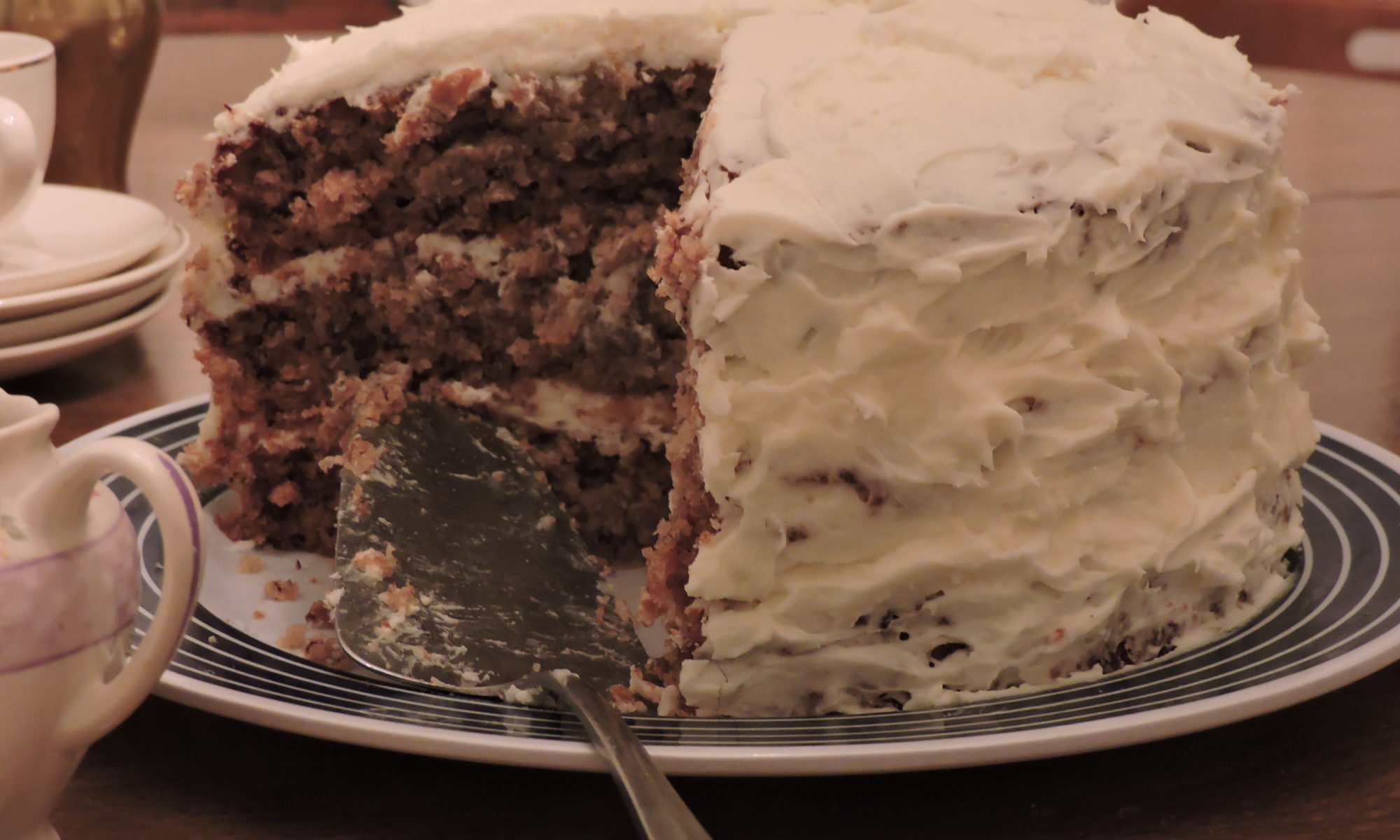


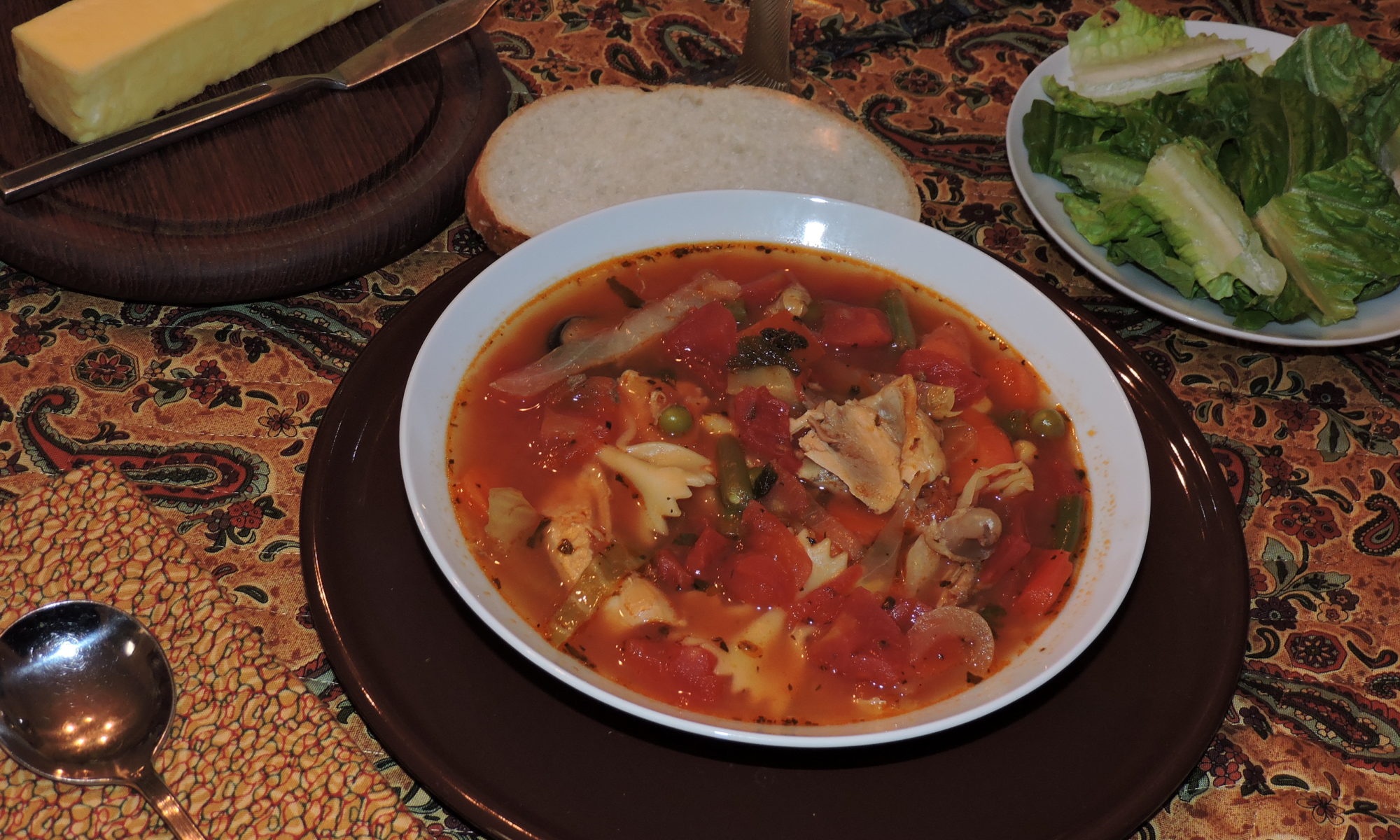
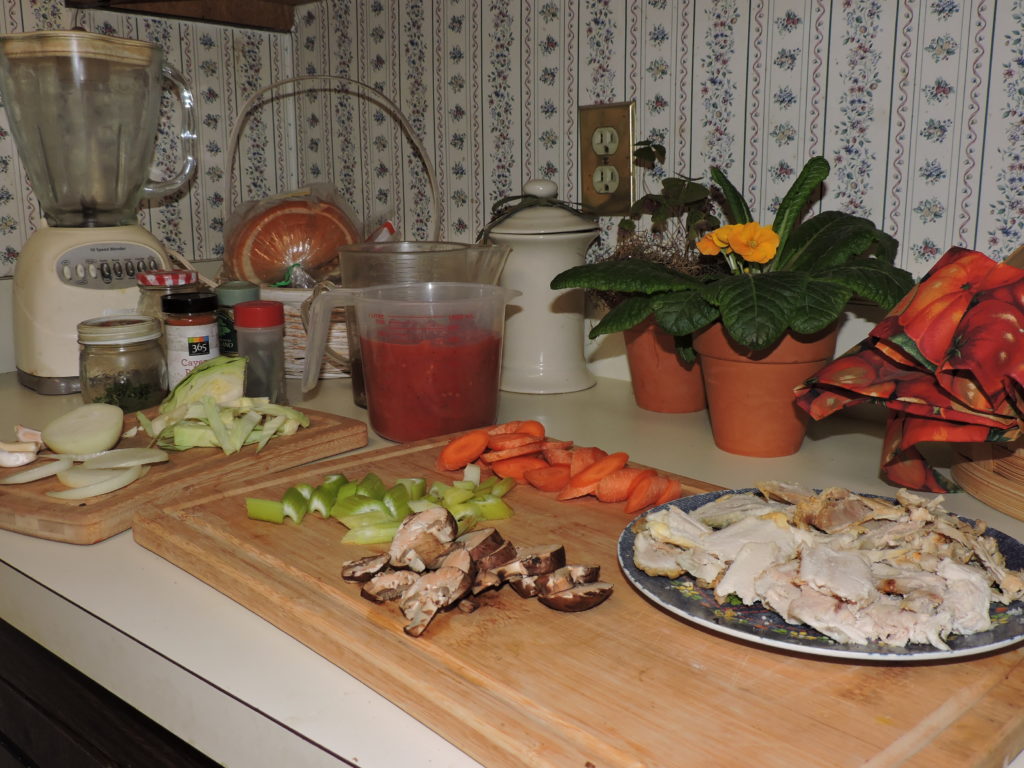
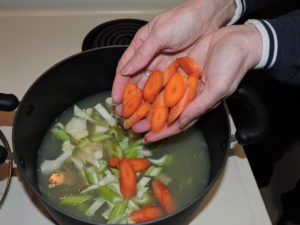
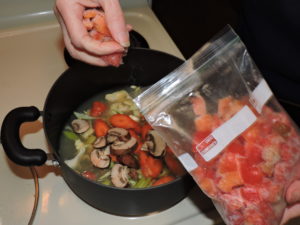
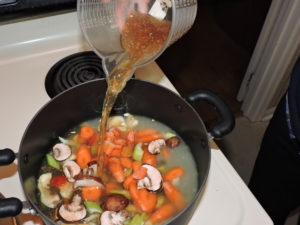
 Then come the seasonings. If using dried herbs crumble them into the soup. Add a pinch or two of cayenne, a potent germ killer, and salt to taste.
Then come the seasonings. If using dried herbs crumble them into the soup. Add a pinch or two of cayenne, a potent germ killer, and salt to taste.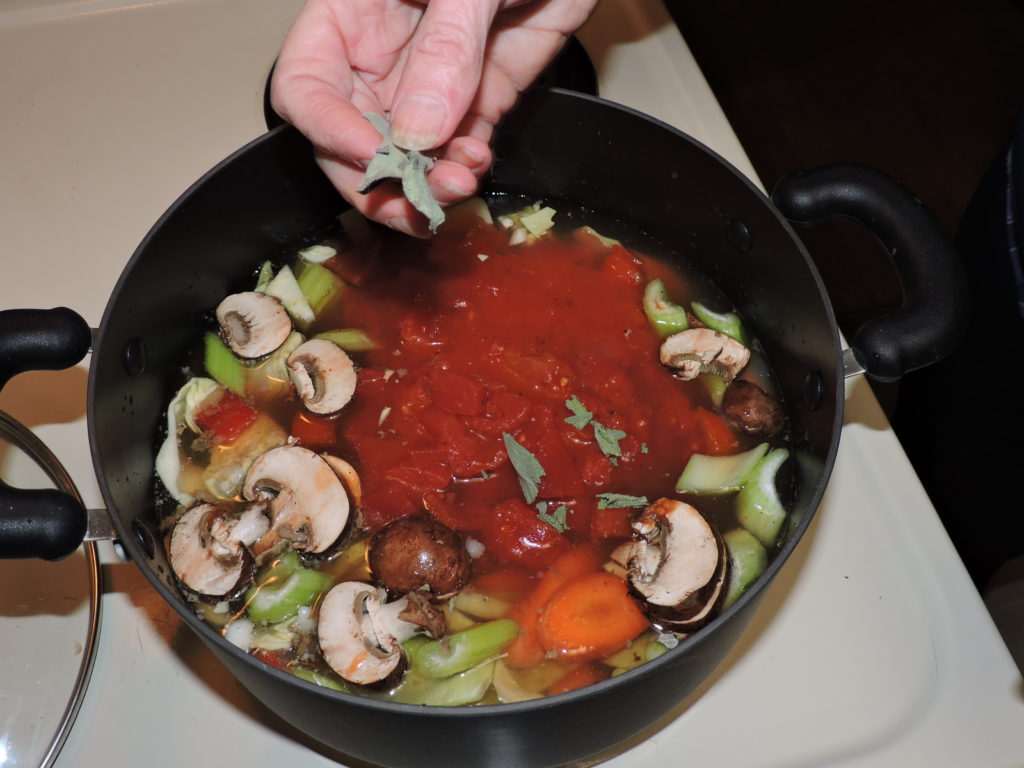
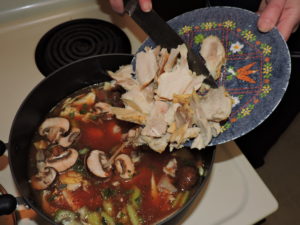
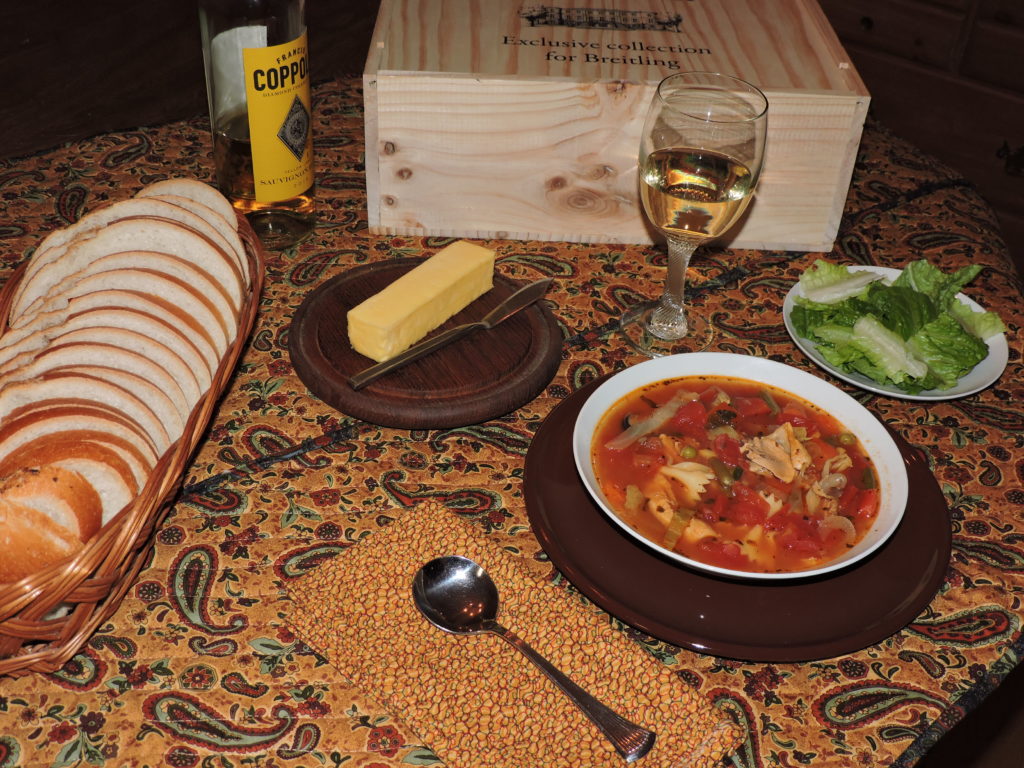
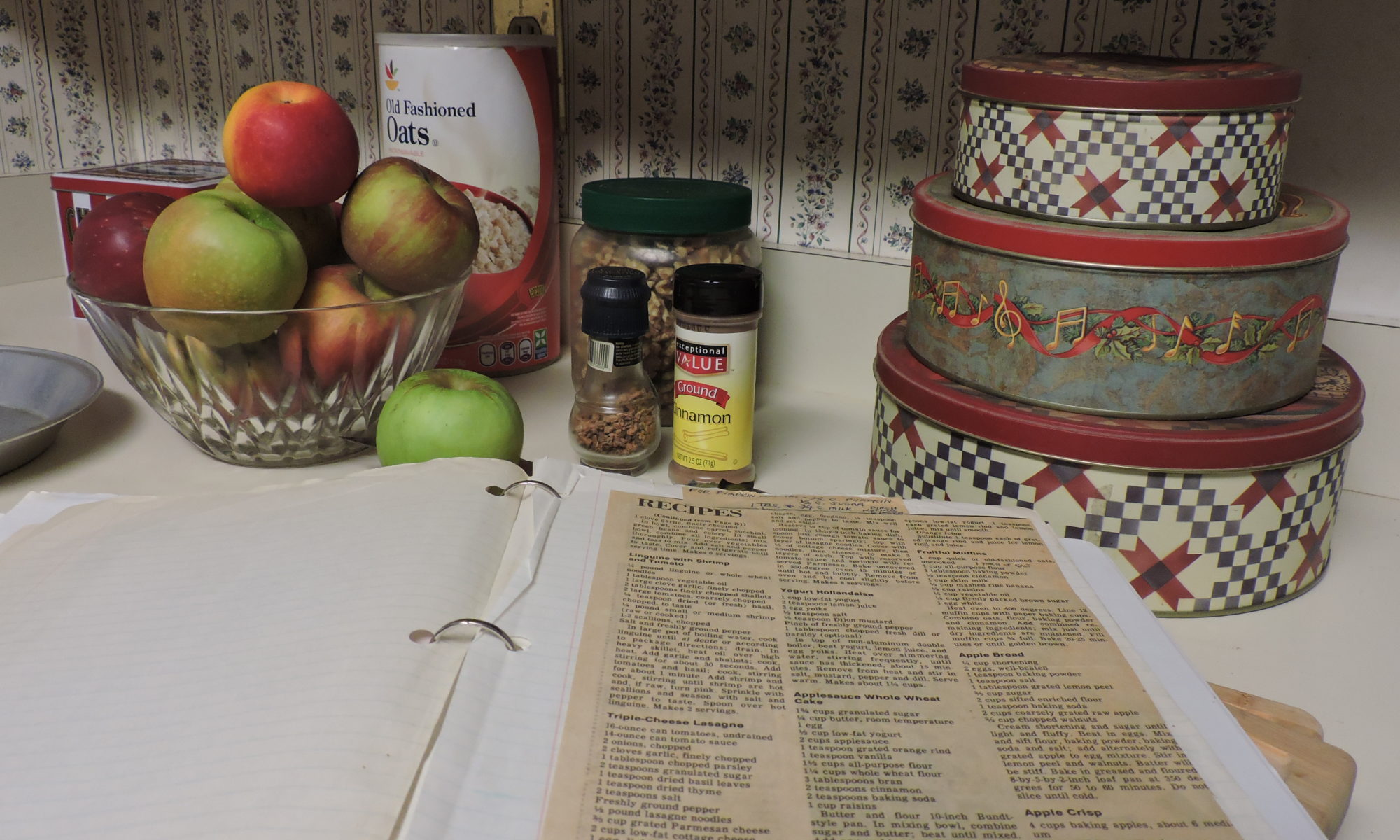
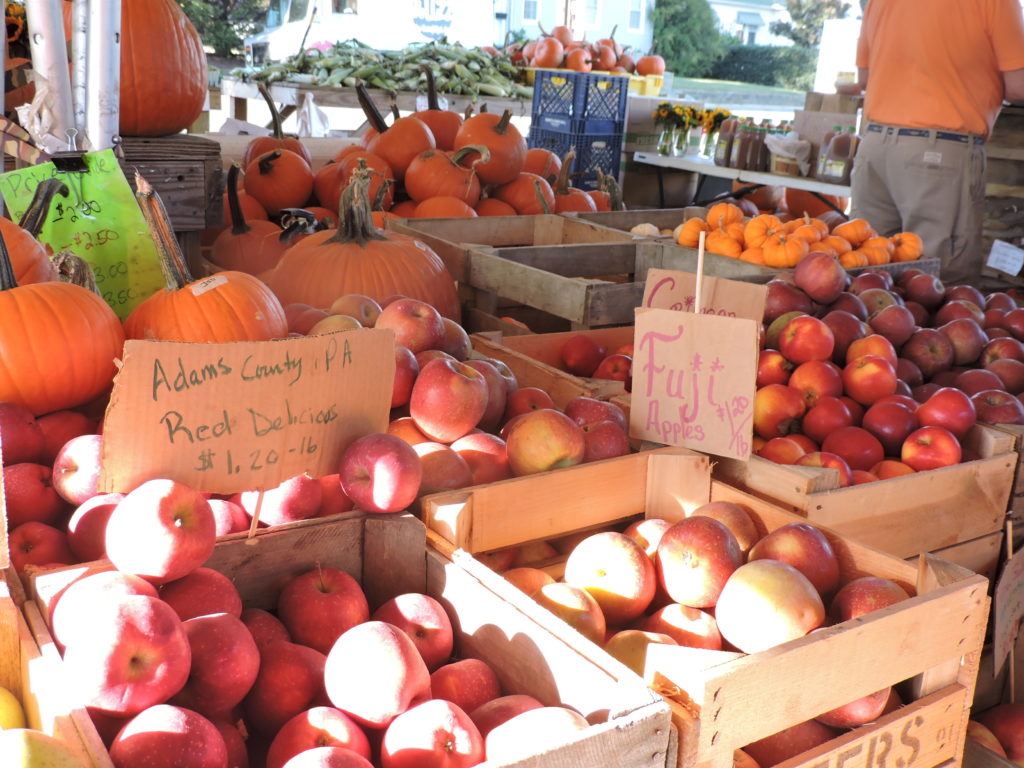
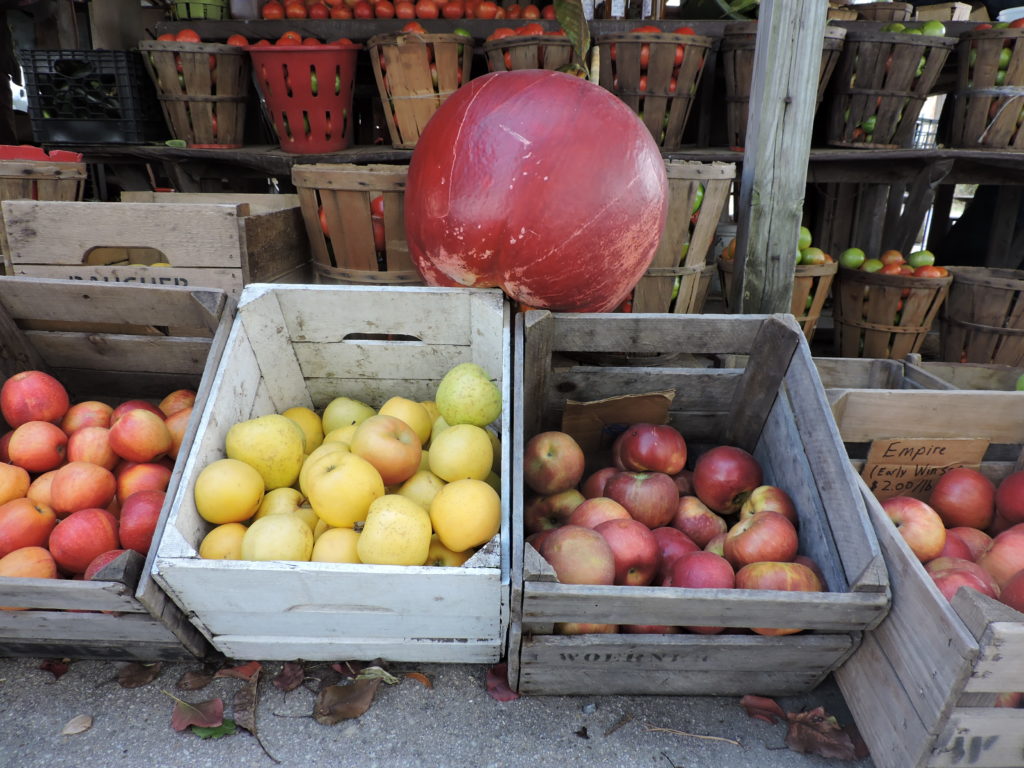
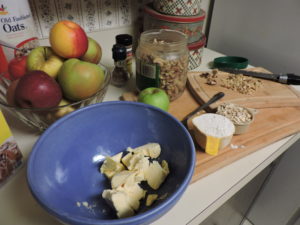
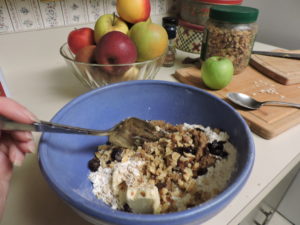
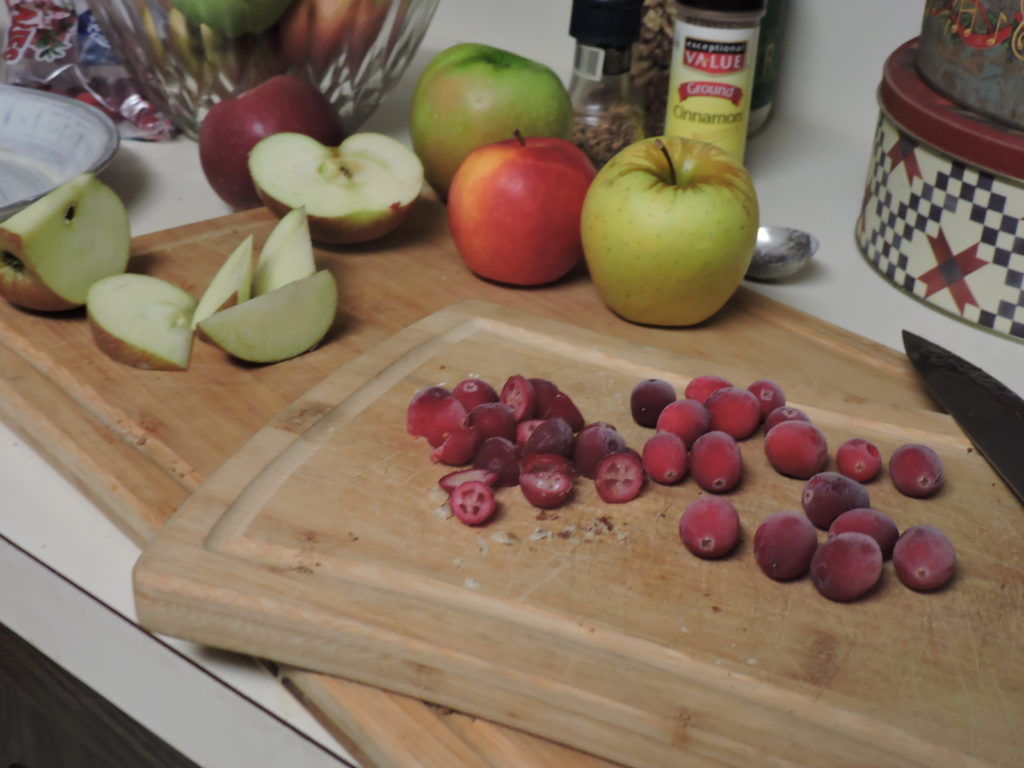
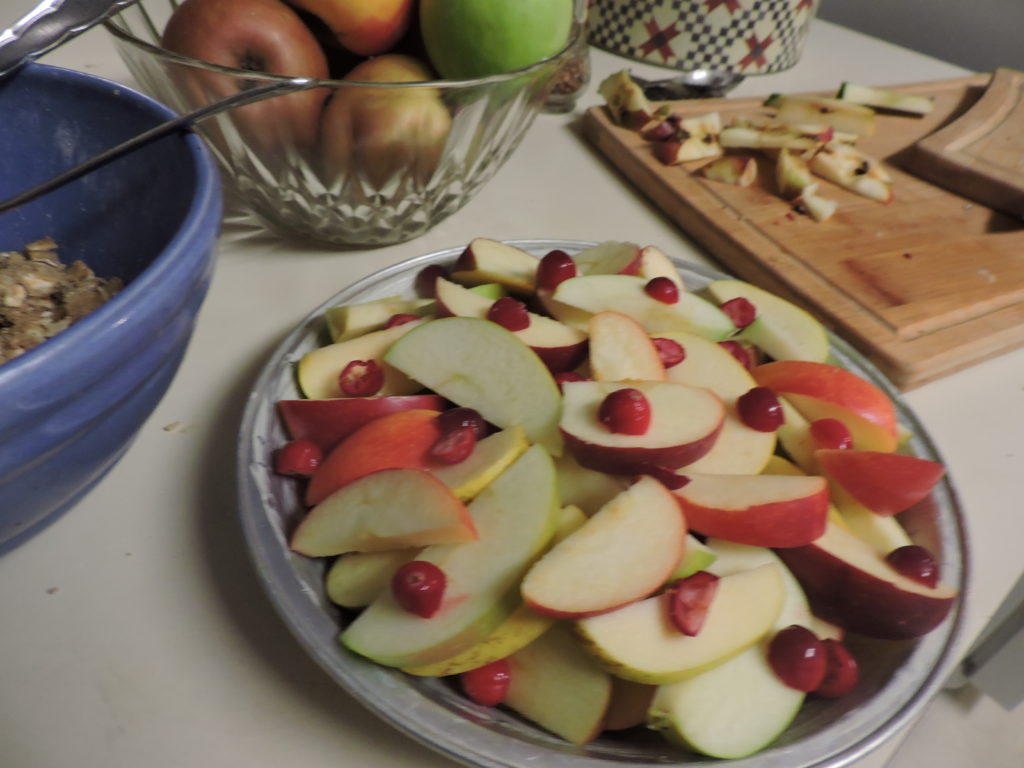
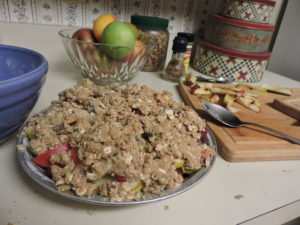
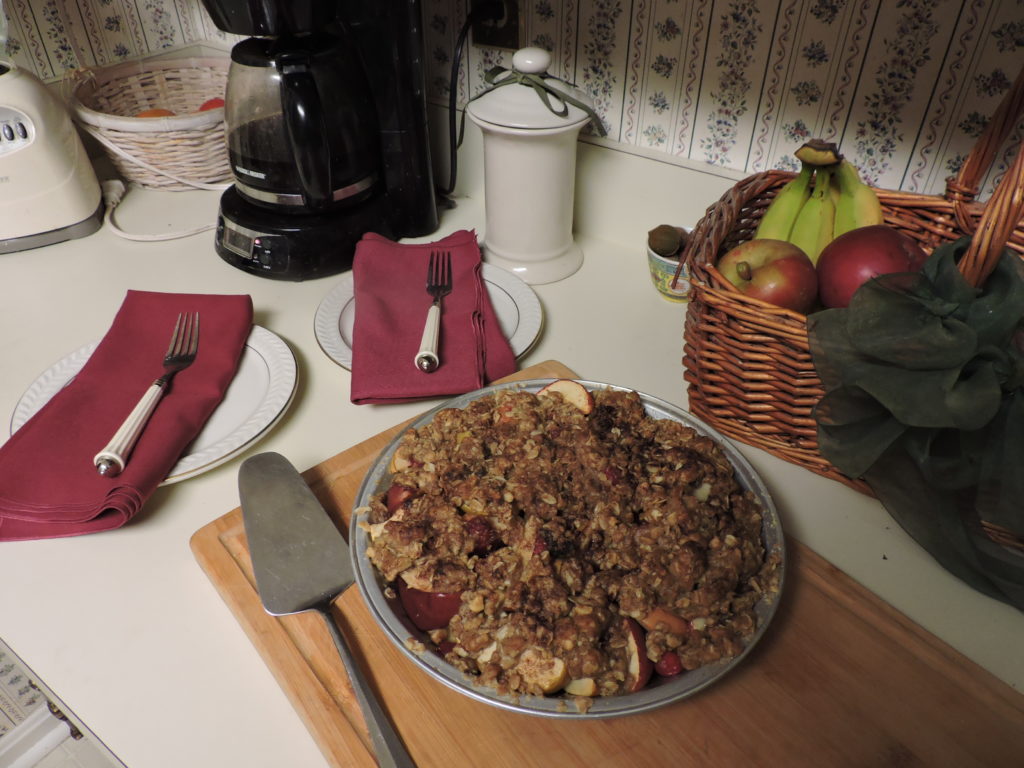
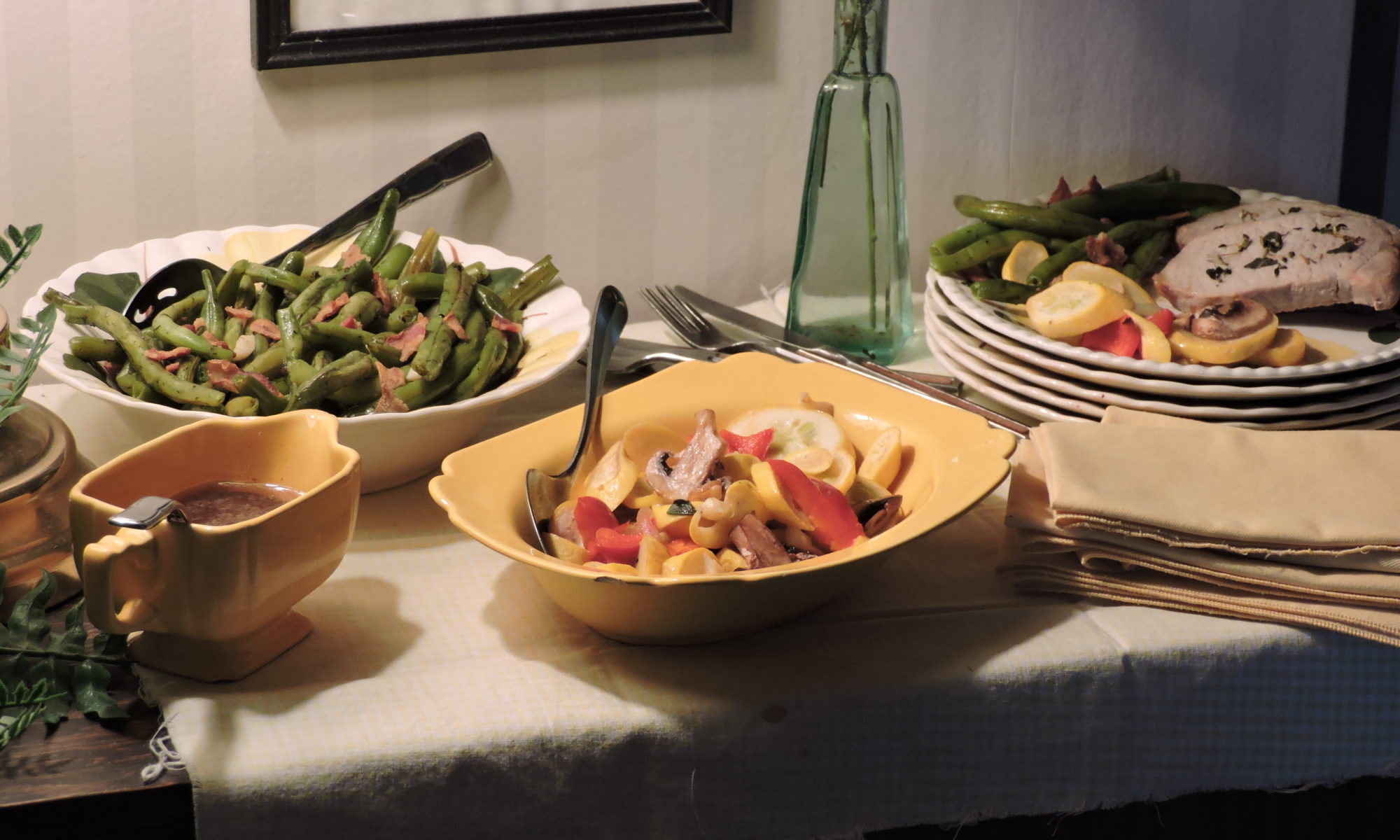
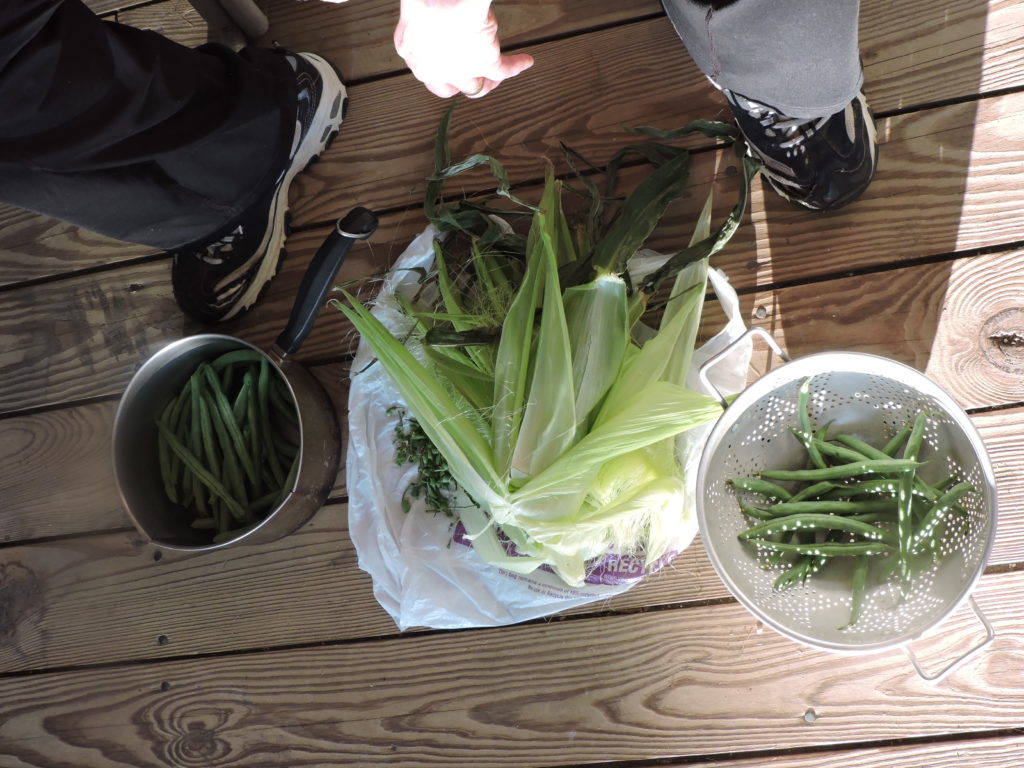
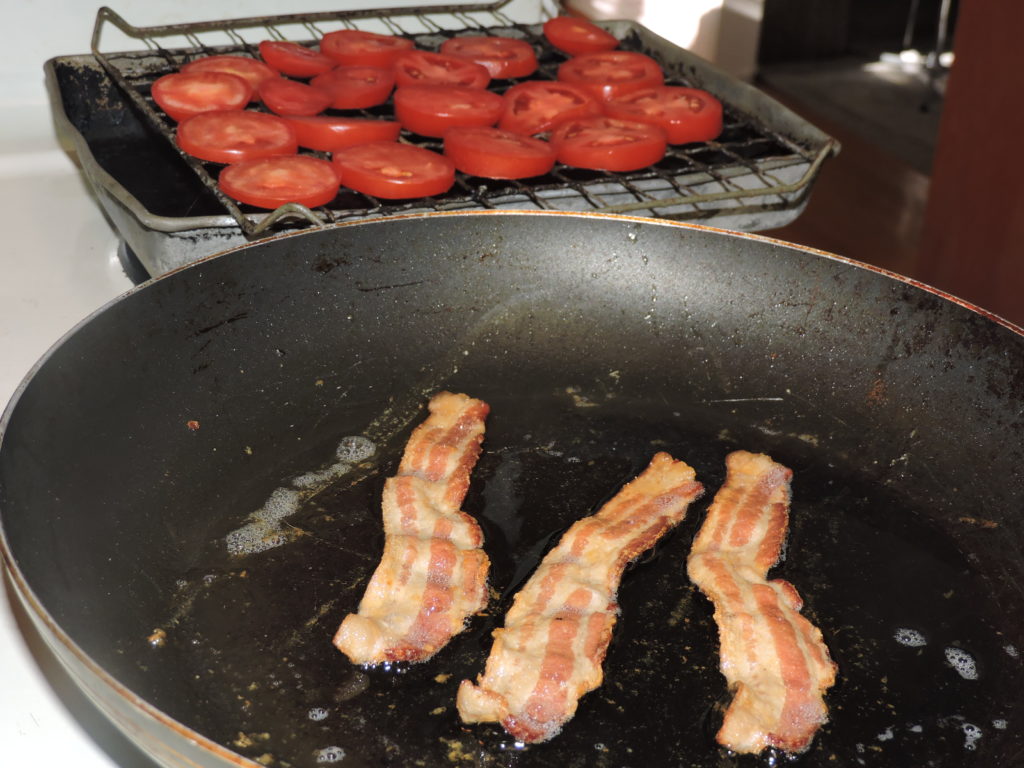
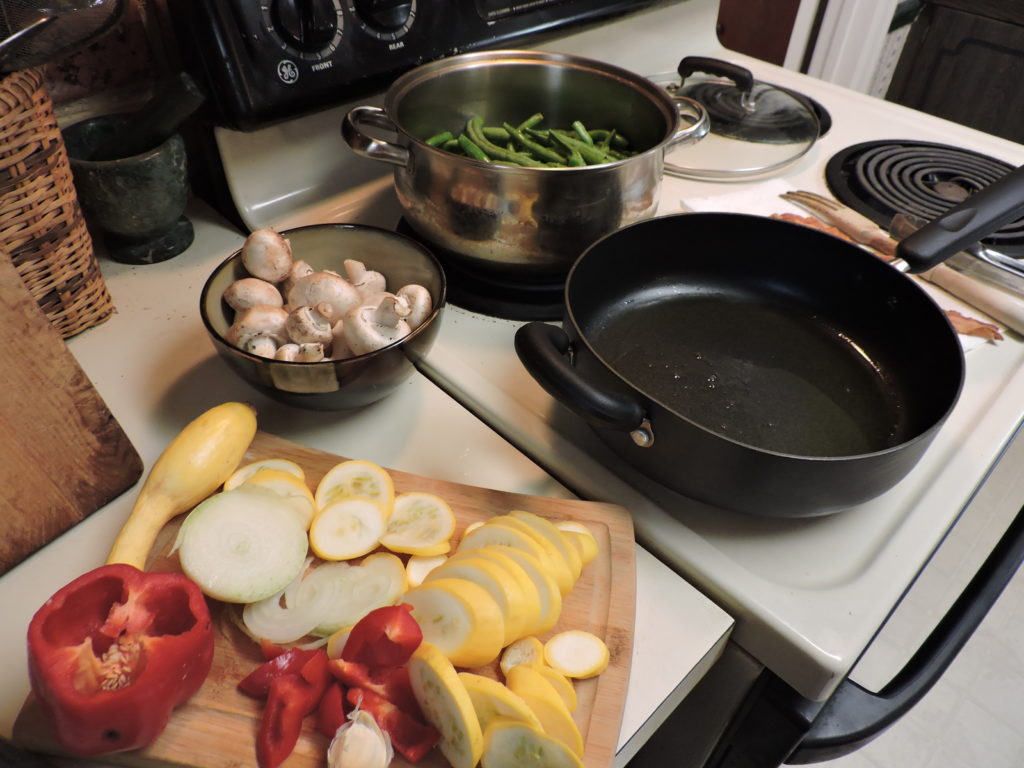
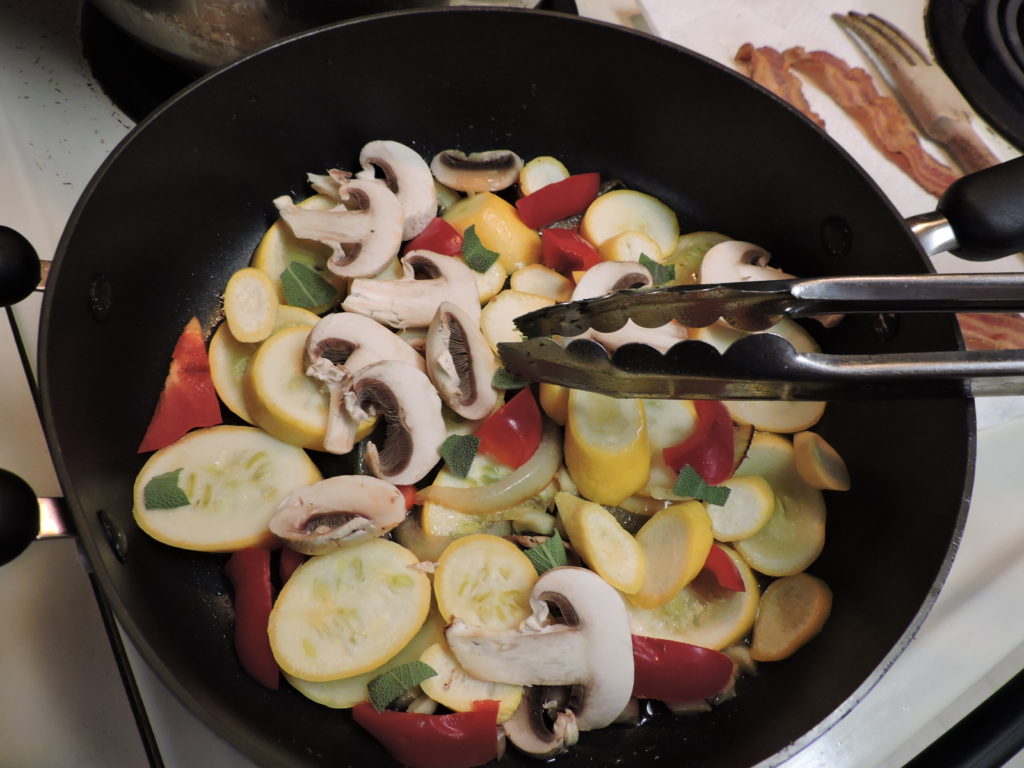
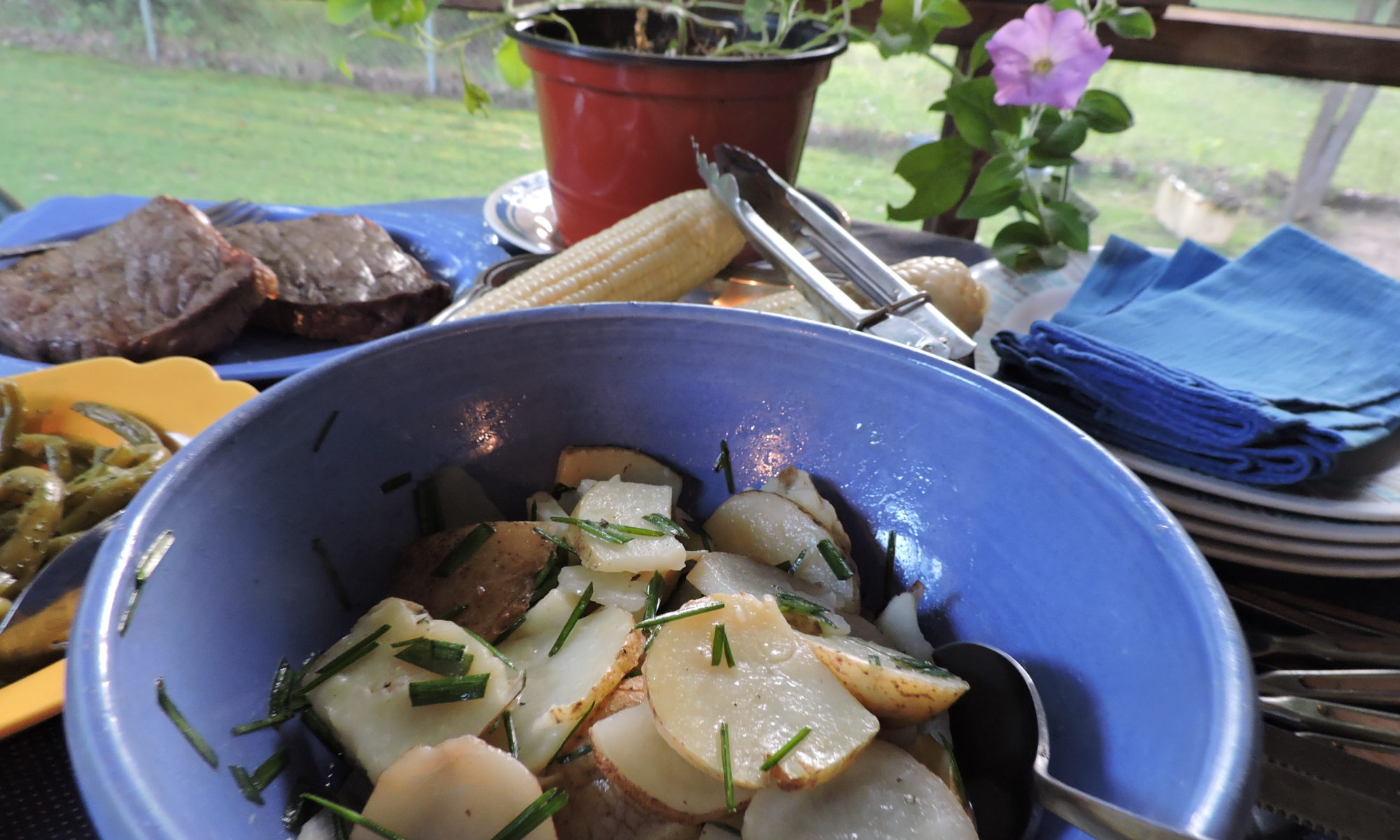
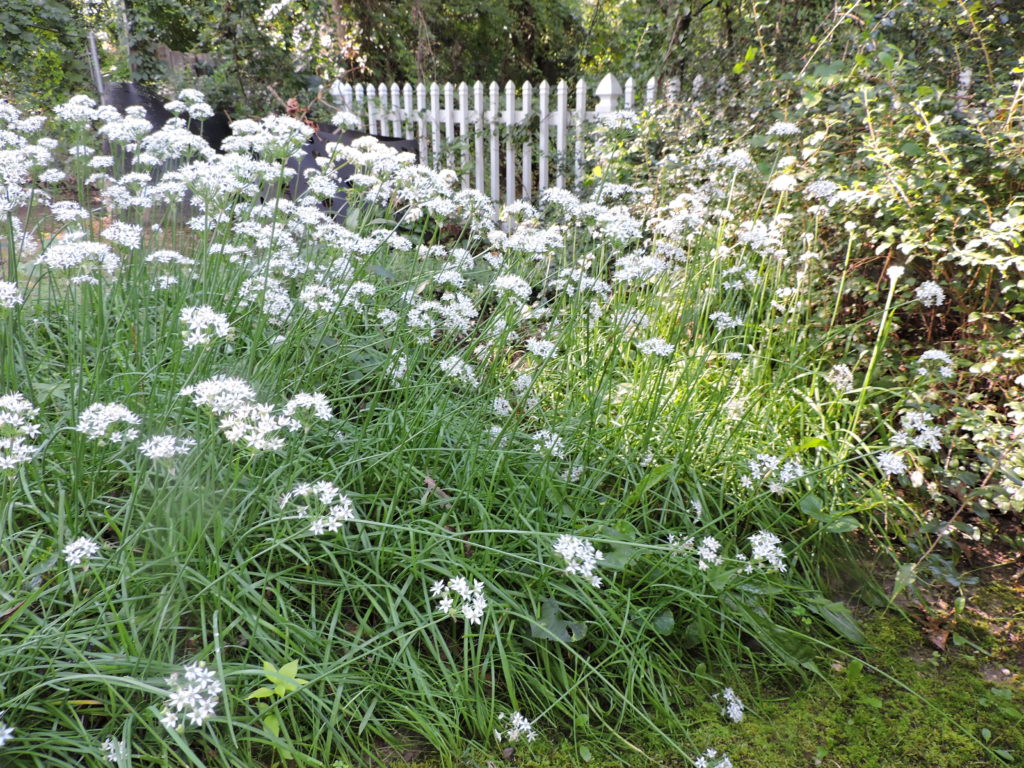
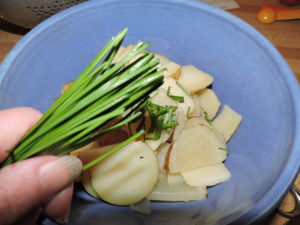
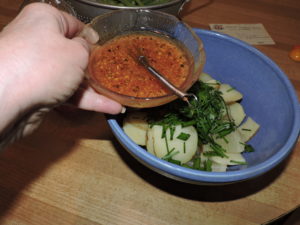
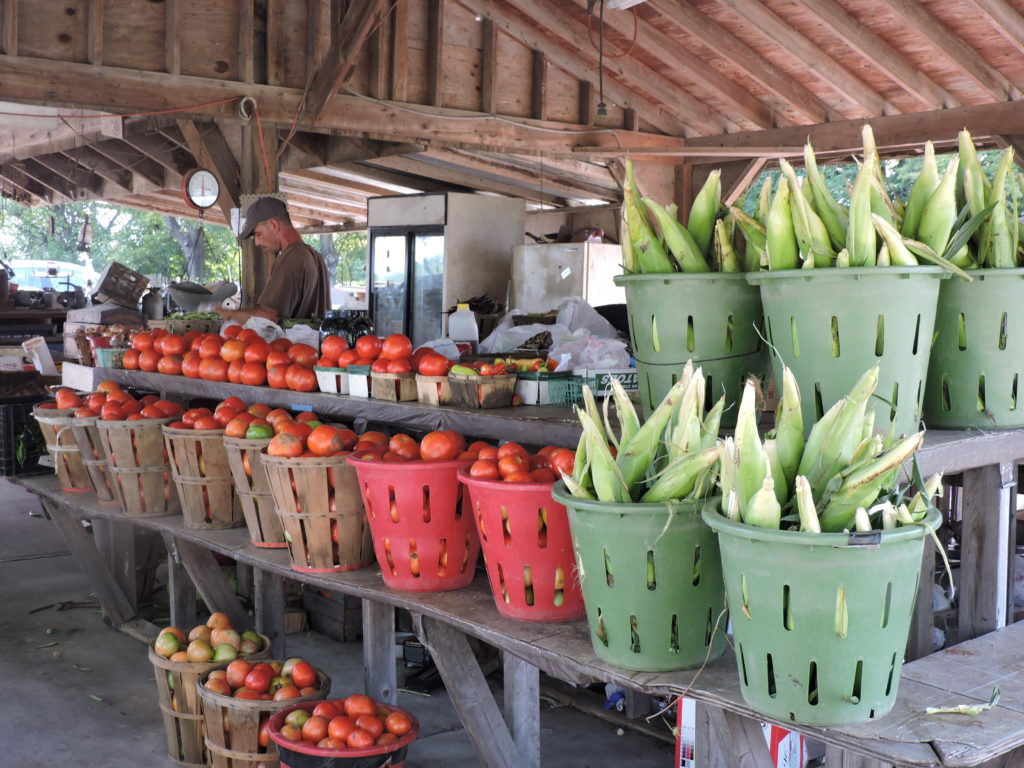
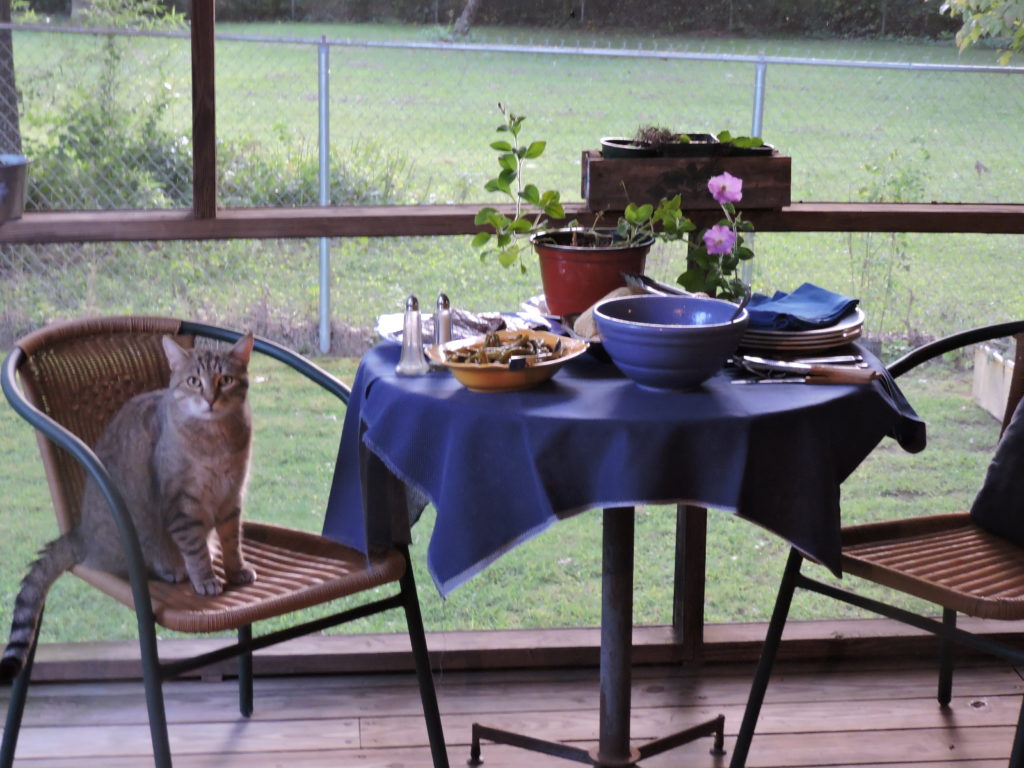
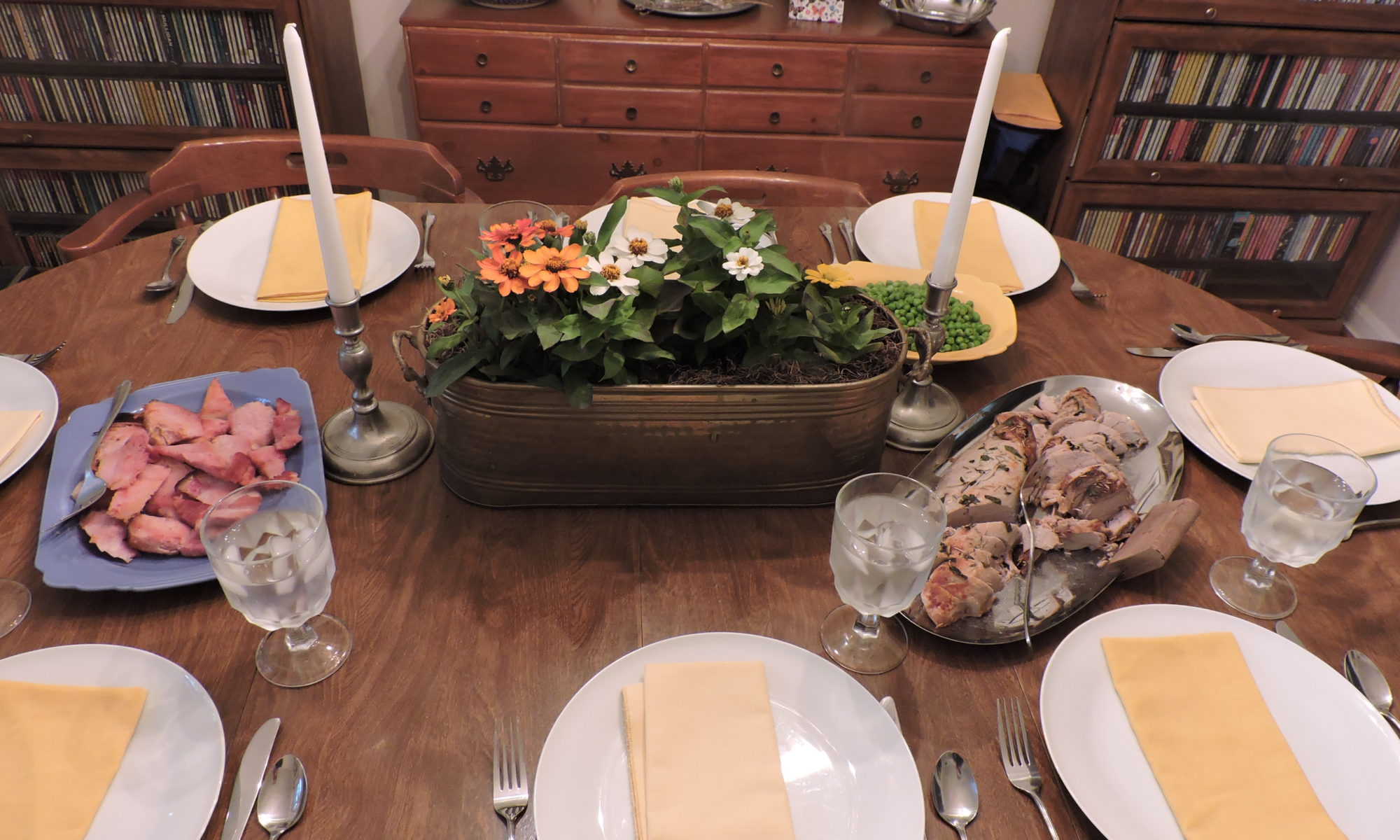
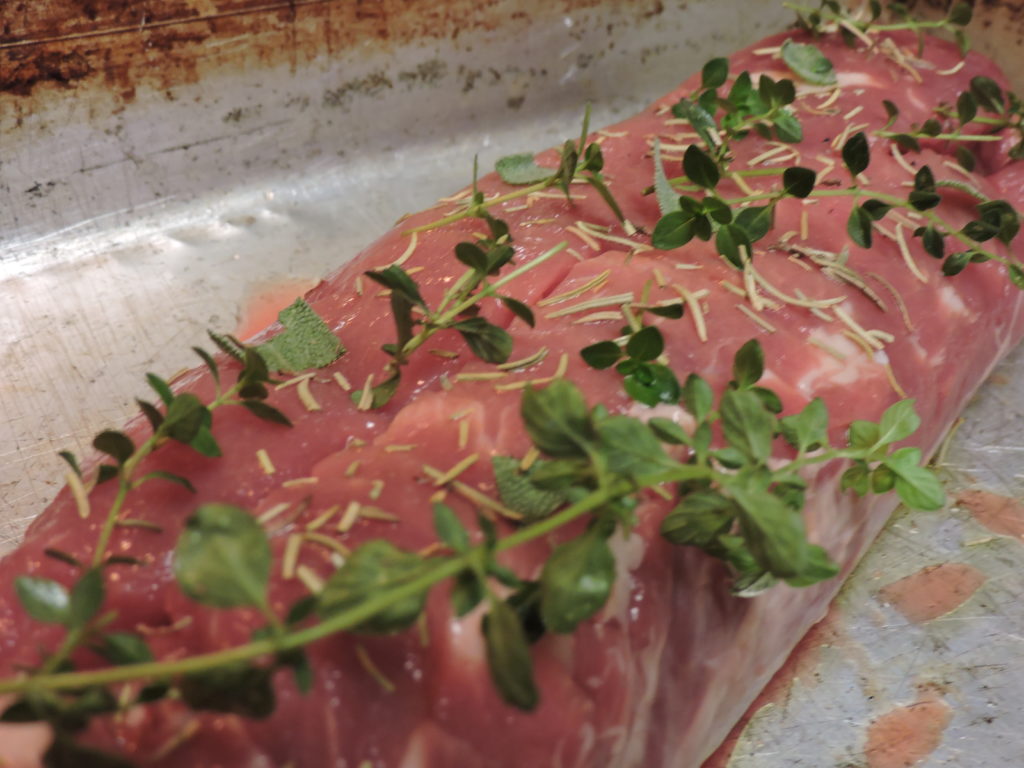
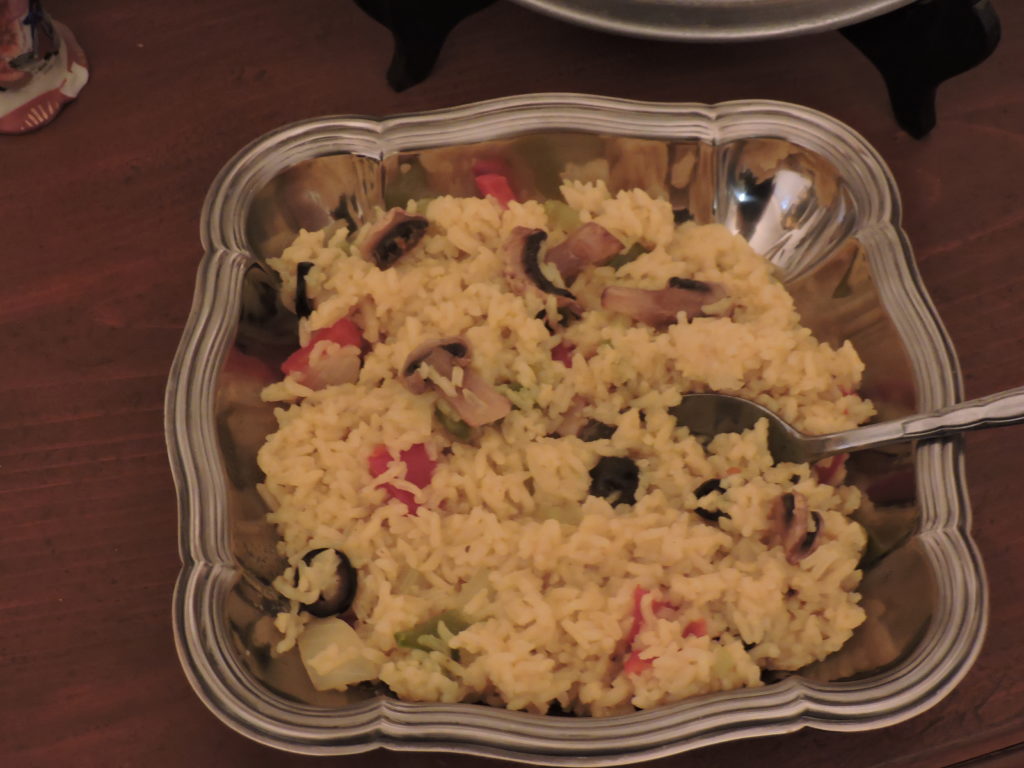
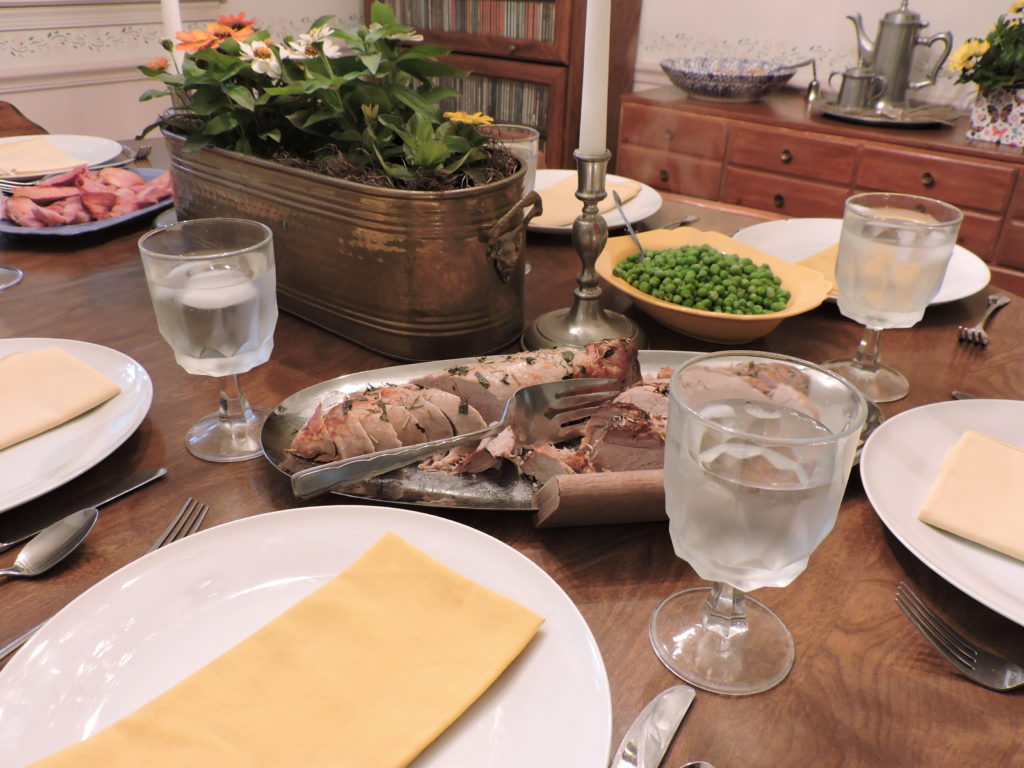
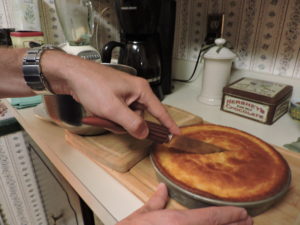
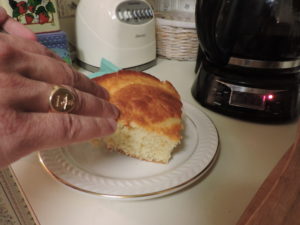
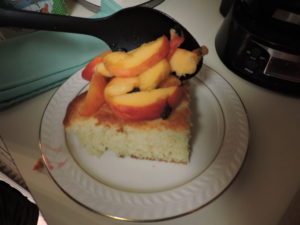
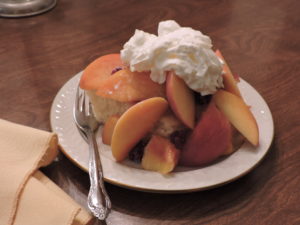
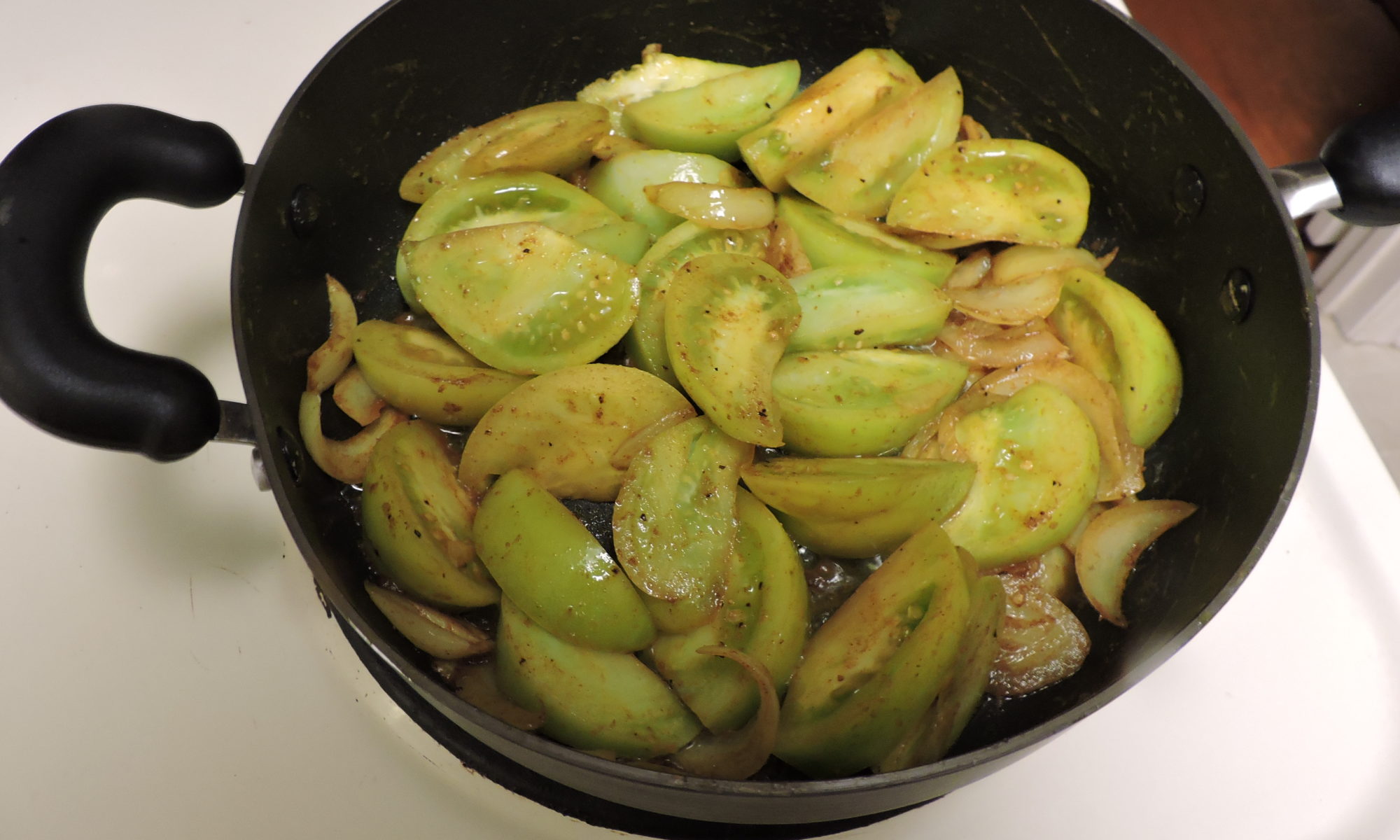
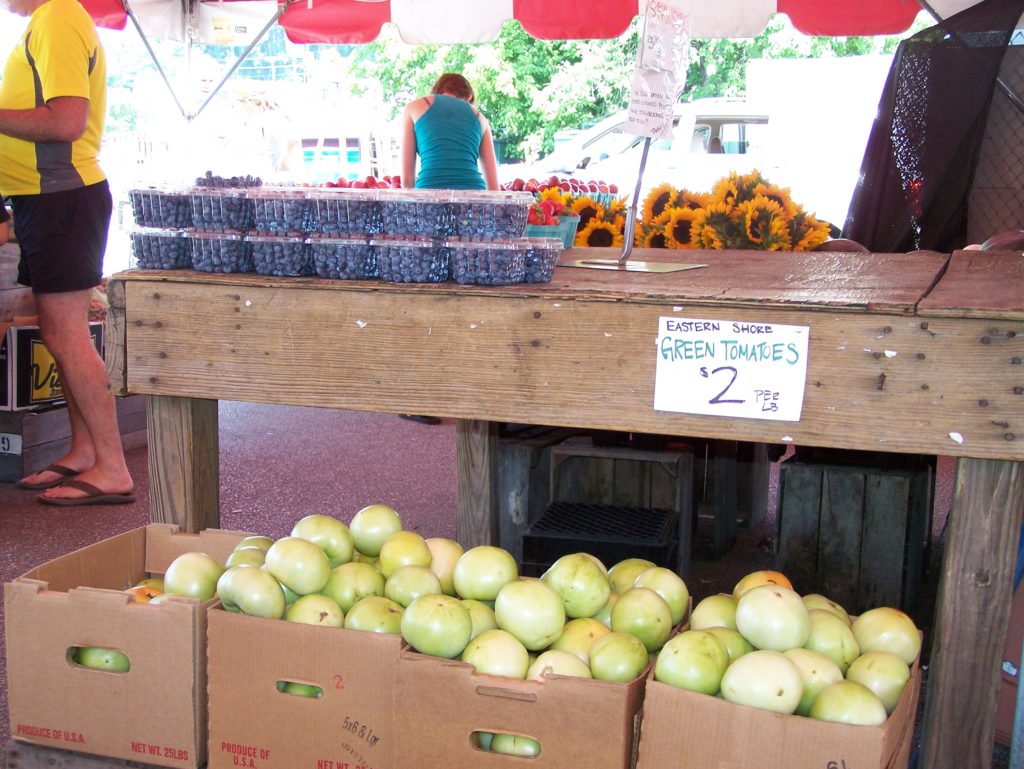 According to Jennifer, longtime customer Judy Ridgely shared her recipe for Curried Green Tomatoes with the Diehl family and they found it absolutely delicious.
According to Jennifer, longtime customer Judy Ridgely shared her recipe for Curried Green Tomatoes with the Diehl family and they found it absolutely delicious.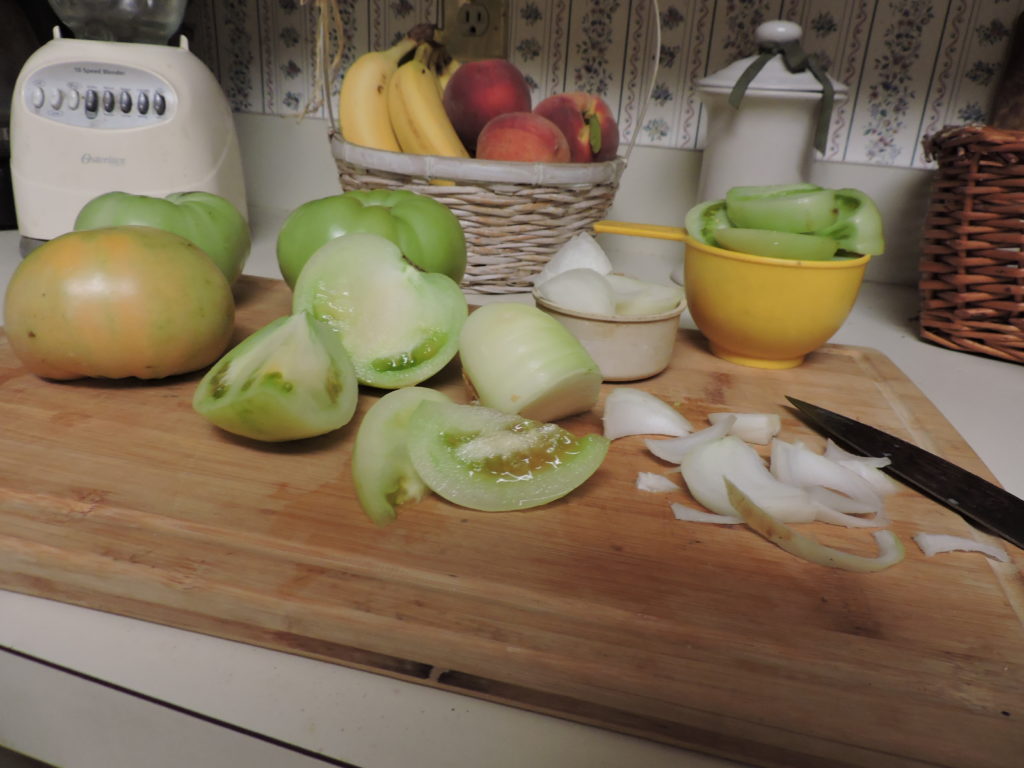
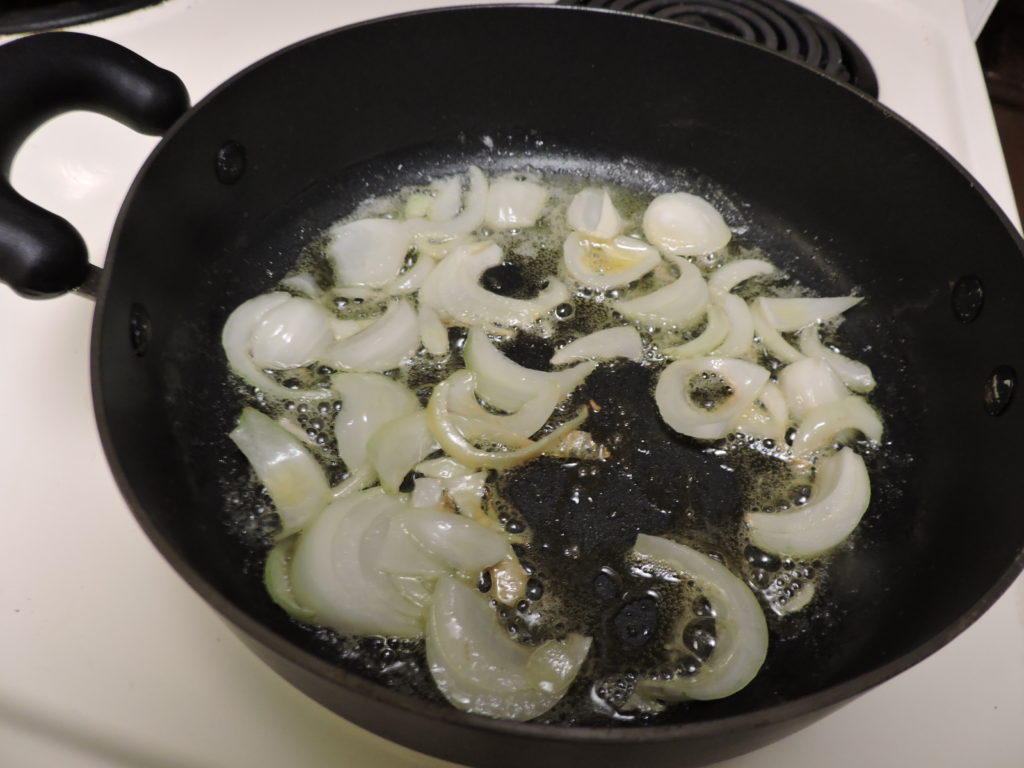
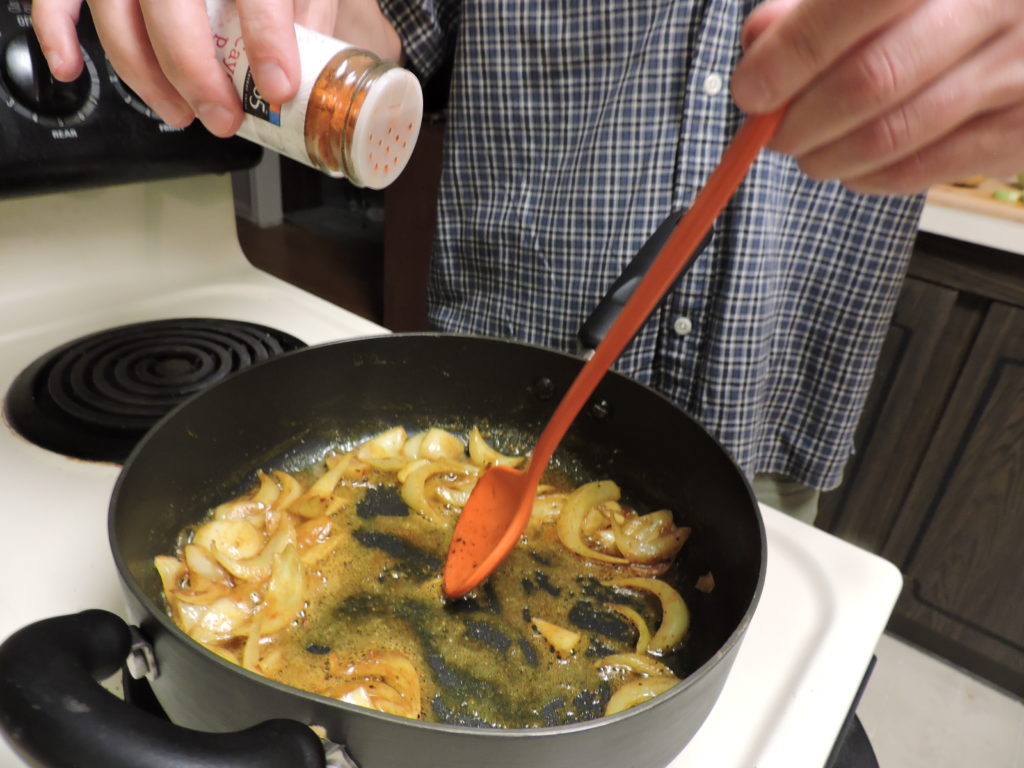 Add curry powder and blend well. Stir in a pinch of cayenne pepper.
Add curry powder and blend well. Stir in a pinch of cayenne pepper.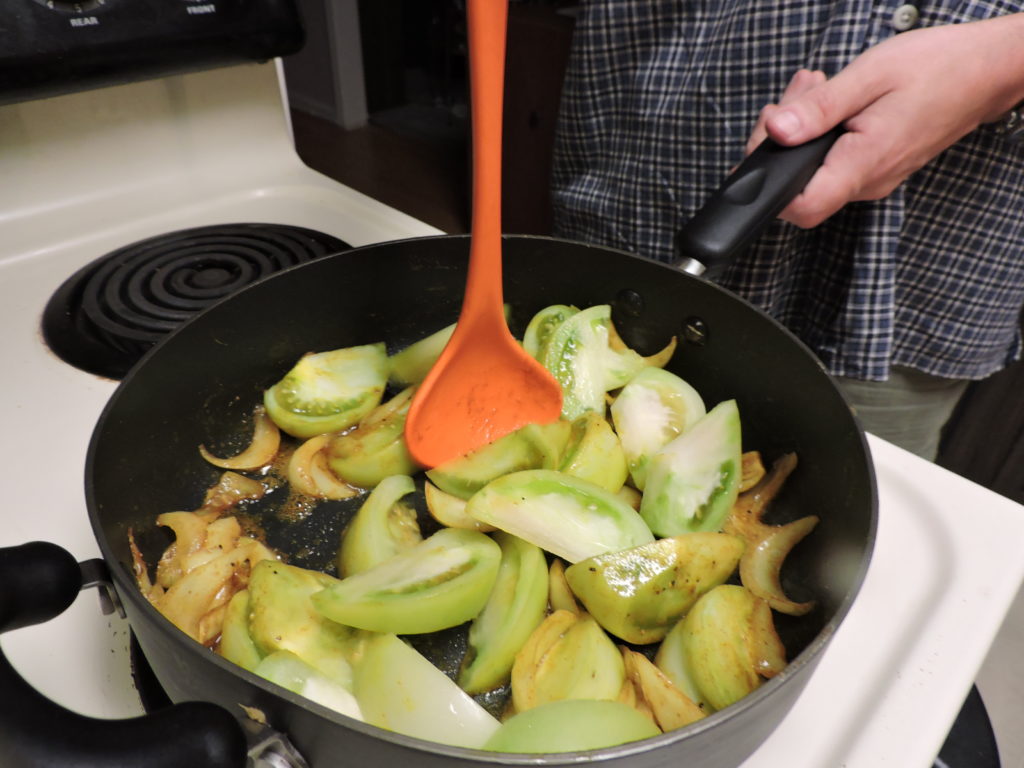 Add green tomatoes and cook, stirring for 3 to 4 minutes during which time they’ll from green to gold. I like them served warm with a range of meats or poultry.
Add green tomatoes and cook, stirring for 3 to 4 minutes during which time they’ll from green to gold. I like them served warm with a range of meats or poultry.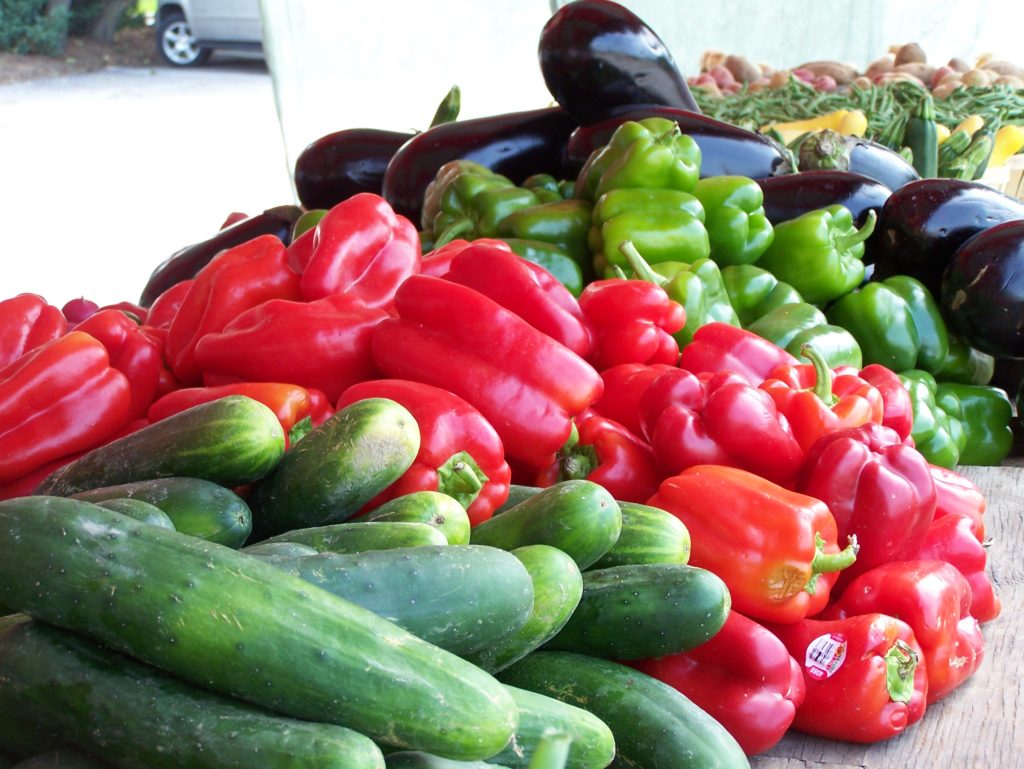
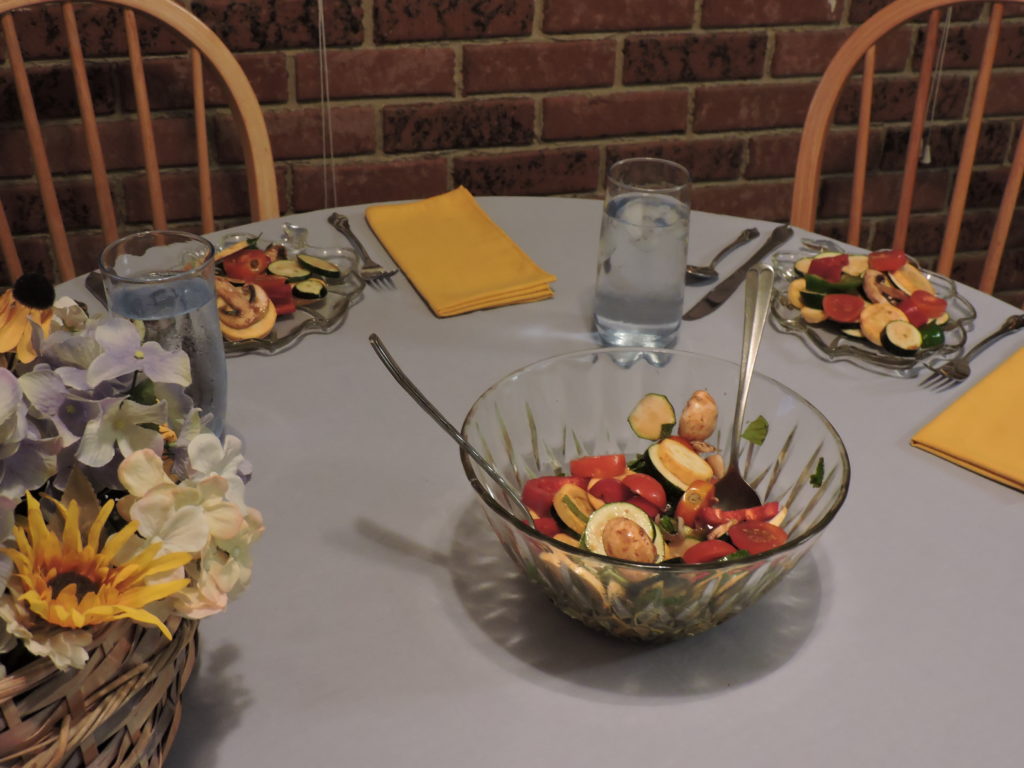
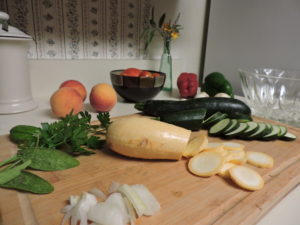
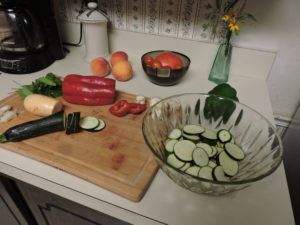
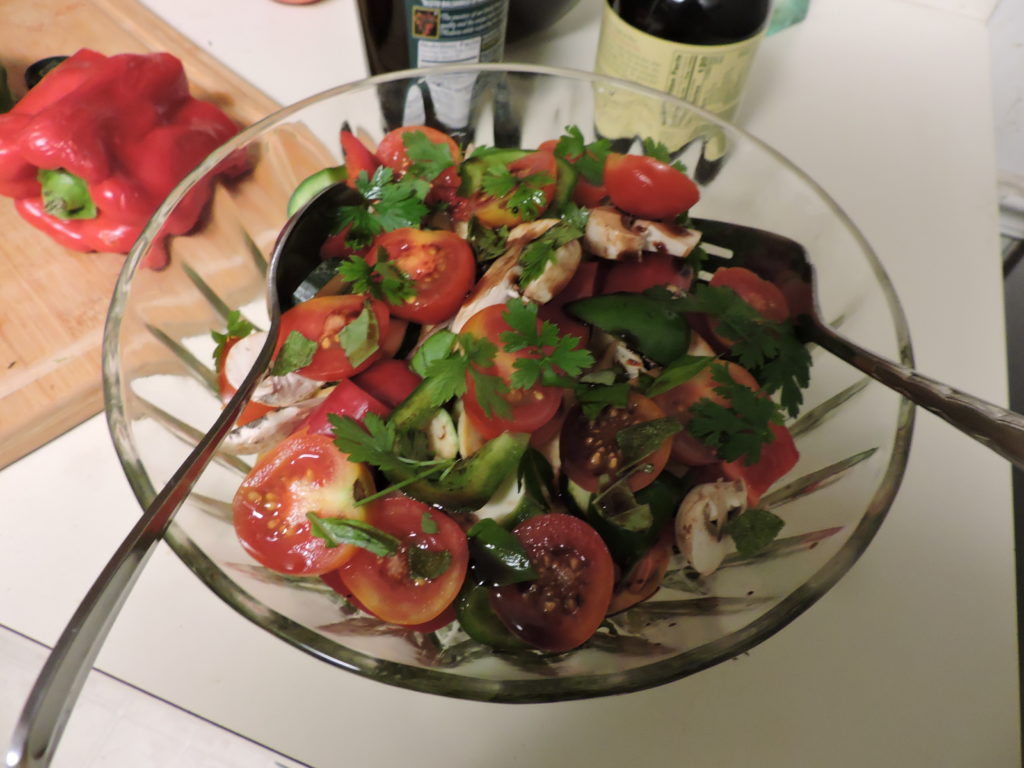 Drizzle with olive oil and balsamic vinegar. Finish by adding a splash of red wine vinegar for a pleasant touch of tartness. Toss ingredients together and plate.
Drizzle with olive oil and balsamic vinegar. Finish by adding a splash of red wine vinegar for a pleasant touch of tartness. Toss ingredients together and plate.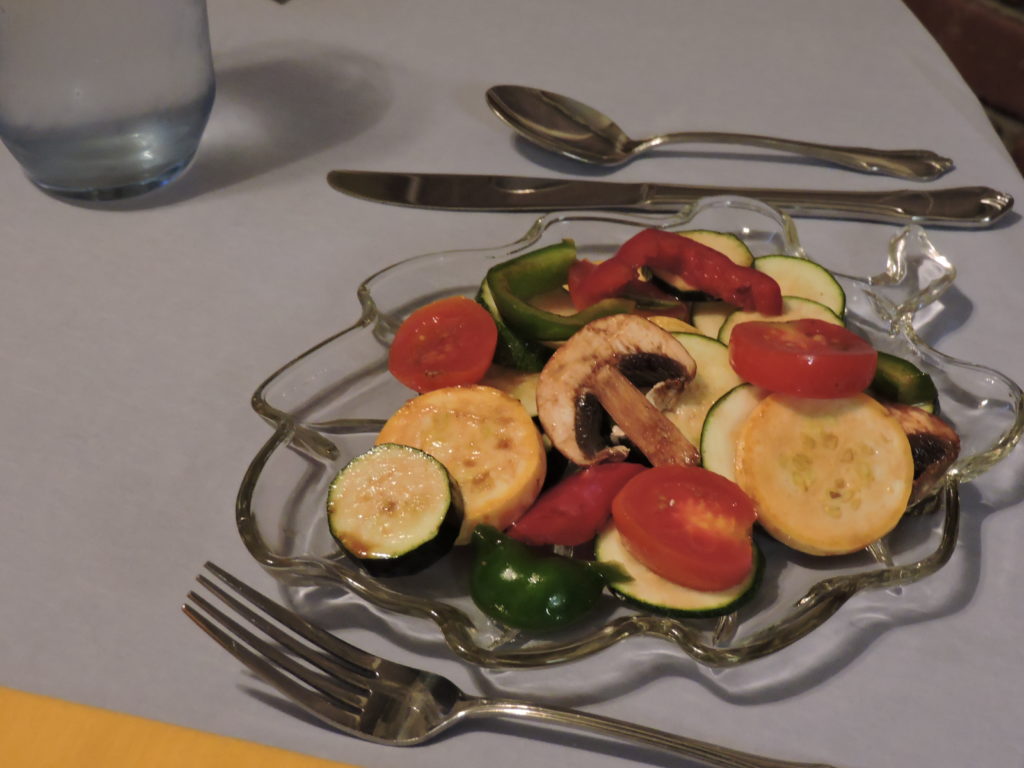
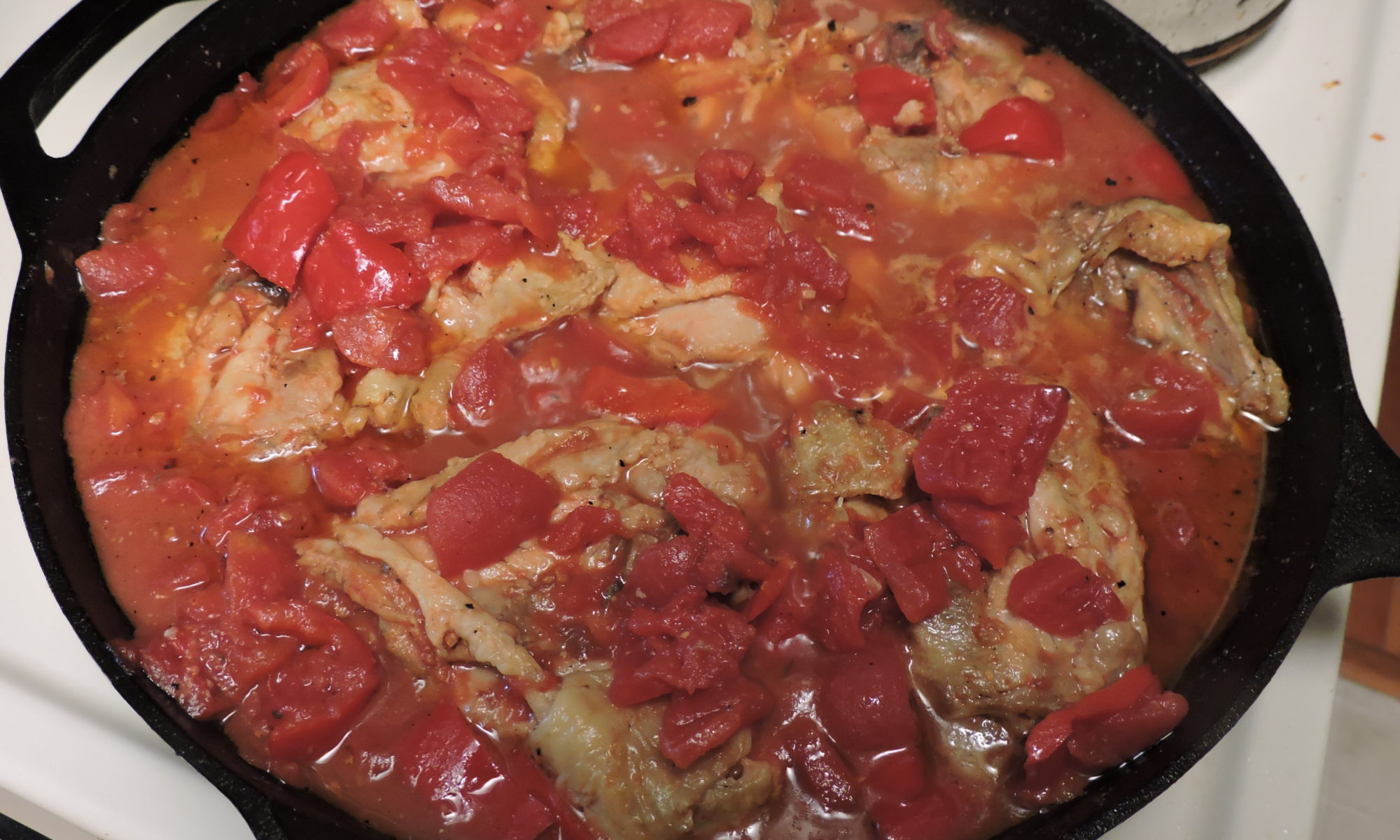
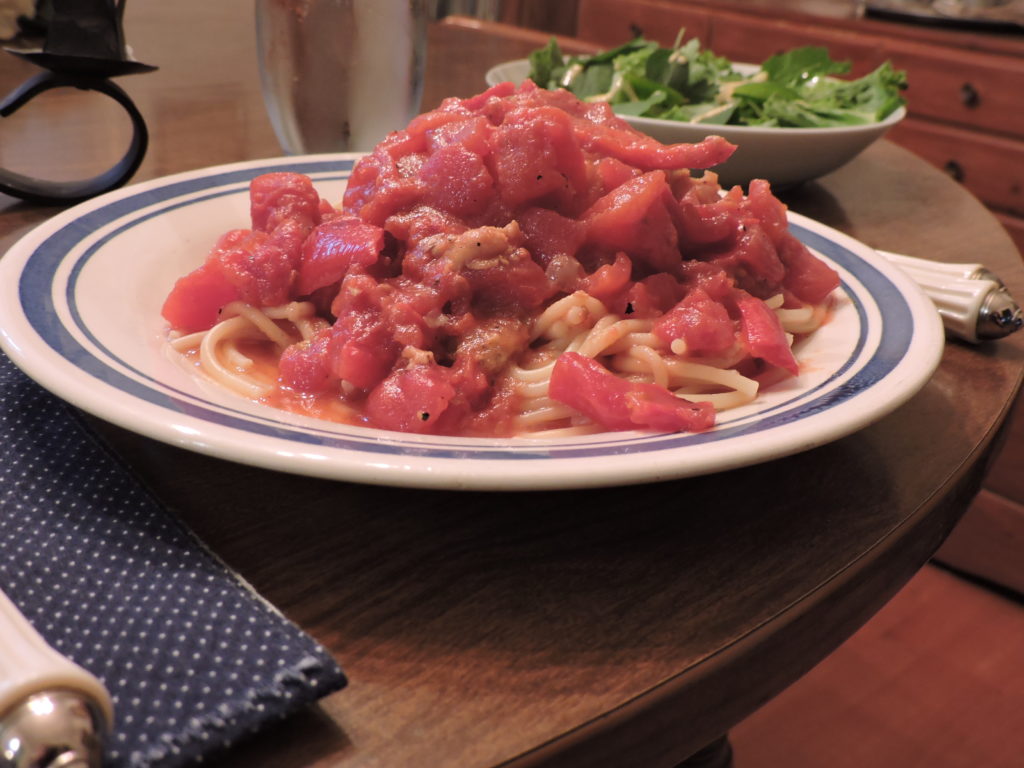

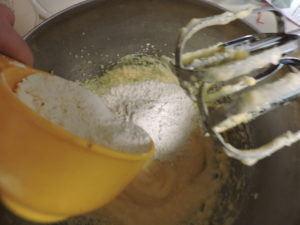
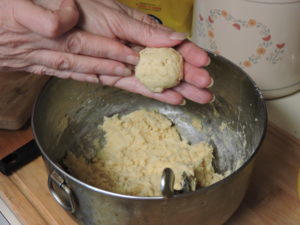
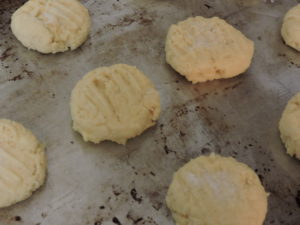
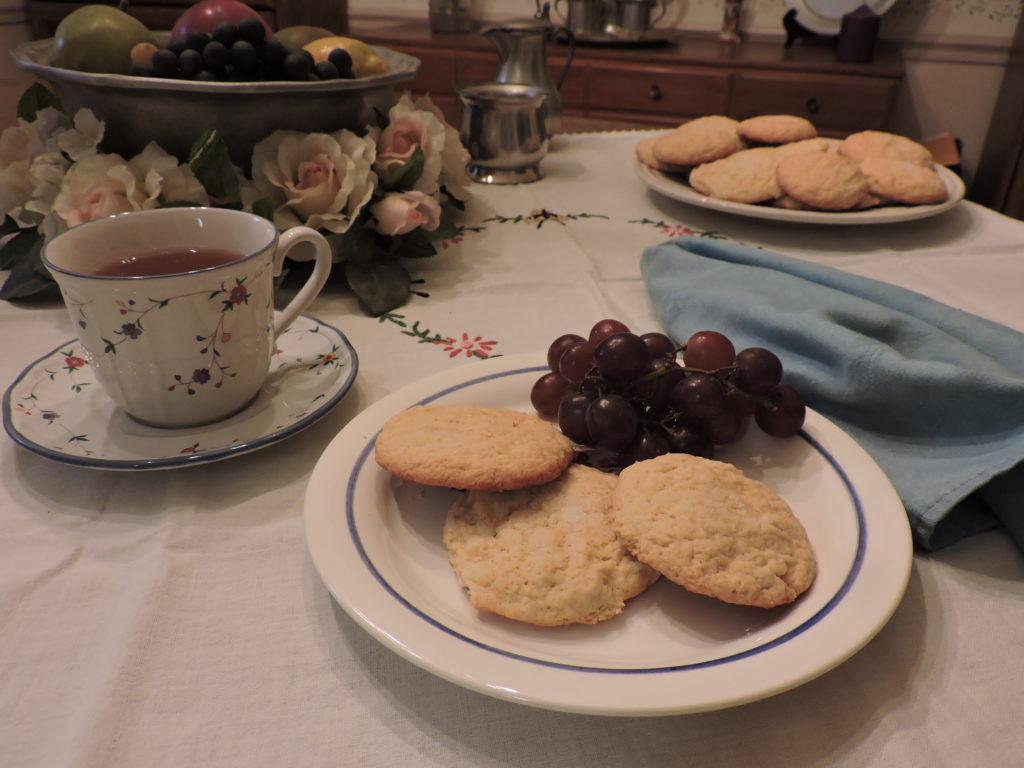
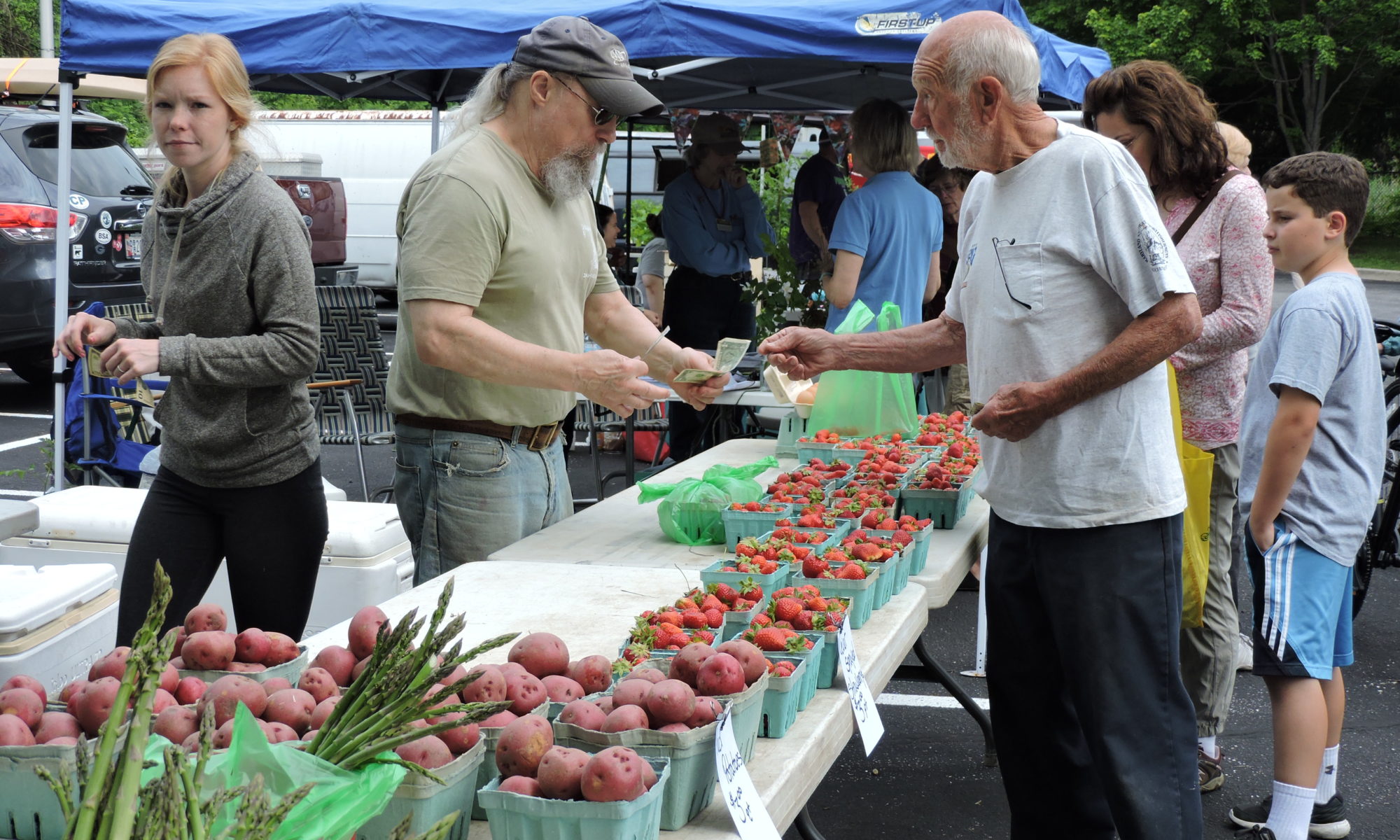
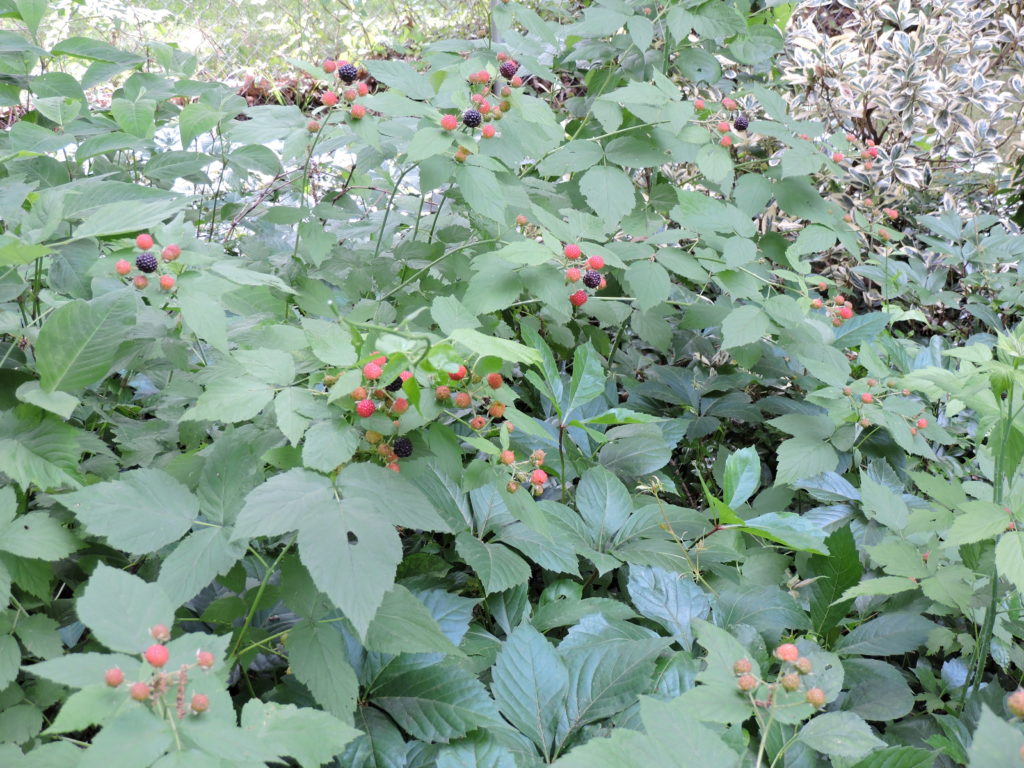
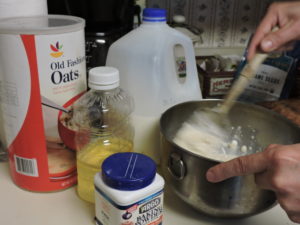
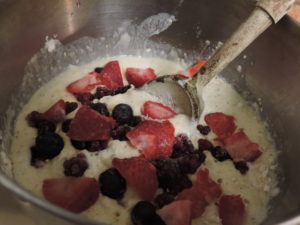 Add berries. In this case, I used sliced strawberries, black raspberries and blueberries.
Add berries. In this case, I used sliced strawberries, black raspberries and blueberries.